|
With over 250 indigenous grape varieties officially registered in Portugal, one can imagine how much there is to explore here when it comes to wine production. I have had the opportunity to taste a myriad of varieties and enticing blends throughout Portugal’s 14 wine regions and my palate is rarely disappointed. I recently received two white wine samples featuring the Loureiro grapes from the Vinho Verde wine region and I was quite eager to taste them. The Loureiro grape is grown primarily in Portugal’s Vinho Verde region. Of Portugal’s 14 wine regions, Vinho Verde is the largest DOC (Denominação de Origem Controlada) located in the northwest corner of the country. The boundaries for the region were set in 1908 and it is believed to be one of the oldest regions in Portugal. Vinho Verde stretches from the Minho River in the north, separating northern Portugal from Spain to the Atlantic Ocean bordering the west and the Douro River running through the southern border of the region. Several other rivers traverse through Vinho Verde, which includes the Ave and Cávado. Vinho Verde is divided into nine sub-regions and grows a variety of grapes in fertile, granite and sandy soils with rainy, humid and cool temperatures created by its proximity to the Atlantic Ocean. Vinho Verde is noted for producing wines that are fresh with crisp acidity and exceptional quality-to-price ratio. The Loureiro grape is a light-skinned variety known for its floral aromas. Wines of Portugal states, “Although now widely disseminated throughout the Vinho Verde region, it seems that the Loureiro grape originated in the valley of the River Lima, towards the north of the VR Minho/DOC Vinho Verde region. "Loureiro" means "laurel" or "bay" and the aroma of Loureiro wines is said to resemble that of laurel flowers, also orange blossom, acacia and lime blossom, overlaying apple, peachy fruit. Loureiro wines usually have refreshing, well-balanced acidity. Loureiro is much in evidence nowadays bottled as a single variety, but traditionally it was more often blended with Arinto (Pedernã) and Alvarinho, or with Trajadura. It is a very vigorous, high-yielding variety that has only recently been recognized as "noble". The bunches are elongated and relatively compact, bearing medium-sized, yellowish-greenish grapes.” Esporão Bico Amarelo 2019 This is the debut vintage of Bico Amarelo (Yellow Beak). Esporão is a cutting edge winery with a presence throughout Portugal. They have approximately 700 hectares of prime agricultural areas that include wine vineyards, olive groves and other crops planted mainly in the Alentejo and Douro wine regions of Portugal. This wine is a blend of 40% Loureiro hand-harvested from Quinta Do Ameal in Vinho Verde and 30% Alavarinho and 30% Avesso sourced from nearby growers. The wine is aged for three to six months in stainless steel vats. Lovely floral aromas combine with notes of fresh stone fruit and citrus. The palate is entertained with lively acidity, lemon, green apple and a hint of peach. This is a light and refreshing wine. Alcohol: 11.5% SRP: $12 Quinta do Ameal Loureiro 2019 Quinta do Ameal is a historic estate founded in 1710 in the Lima sub-region of Vinho Verde. Lima River Valley is considered the birthplace of Loureiro. The estate has 30 hectares of vineyards, of which 14 are dedicated to the Loureiro grape. In 2019, the Esporão group became the new owners of Quinta do Ameal. This wine is 100% Loureiro hand-harvested from estate-grown fruit. It is aged for seven months on lees in stainless steel vats. Enticing floral notes mingle with citrus and fresh fruit. The palate offers fruit blended with lots of lemon, an edge of minerality, subtle herbs, a touch of tart apple and vibrant acidity. It is refreshing, light and quite enjoyable with lemon zest on the finish.
Alcohol: 11% SRP: $18 Both wines will drink beautifully as an aperitif or pair nicely with seafood, cold soups, salads and grilled vegetables. Until next time… Cheers! Penina To leave a comment or if you have an inquiry, please contact me at [email protected] There is much to be said about the expressive wines of Alentejo. Over the last year or so, I have reviewed many Alentejo wines and written several stories about this diverse wine region. Today, my attention is directed to the Sustainability Program (WASP, Wines of Alentejo Sustainable Program) and five wines from producers who are active members in this program. Alentejo covers one-third of Portugal located in the southern half of the country and enjoys a typically Mediterranean climate with some Atlantic influence. The soil of Alentejo varies throughout its eight sub-regions. In fact, it has the most diverse soil of any region in Portugal. Interspersed amongst the mountains, hills and valleys, one can find soil with clay, limestone, quartz, granite, schist, sandstone and marble. Most of the soils are non-calcareous, meaning they are neutral or more acidic.
Alentejo has 51,000 acres of planted vines that enjoy 3000 hours of sunshine annually. More than 80% of the grapes grown here are red, but whites are gaining momentum, especially Antão Vaz. The wines produced here come in a range of styles, influenced by the diversity of the climate and soil. The Sustainability Program was launched in 2015 by CVRA (Comissão Vitivinicola Regional Alentejana). It’s objective is to reduce costs and increase economic viability through a proactive approach to environmental pressures and social concerns. Some of these initiatives include biodiversity and ecosystems, soil management, renewable energy and water conservation. In just five short years, the WASP program has established Alentejo as one of the world’s most progressive sustainability regions and is being recognized internationally for this award-winning program. WASP began with 96 members in 2015 and has grown to 396 members representing about 45% of Alentejo’s vineyard area. There are currently 1800 grape growers and 260 wineries in Alentejo. According to João Barroso, WASP Director of Sustainability, “Sustainability is the new paradigm of the 21st century. Producers who do not make sustainability a core part of their business model will become progressively outdated, side-lined by consumers and possibly through new intentional policies.” Each wine review ends with a “WASP Highlight”. Casa Relvas Sao Miguel Do Sul Red Blend 2018 A blend of Aragonez, Alicante Bouschet, Trincadeira and Cabernet Sauvignon. Ten percent of the wine is aged in French oak for six months. A bouquet of violet, red and dark fruit lead to a palate of dark berries, cherry and a touch of spice. This is a juicy wine with smooth tannins and fresh acidity. Alcohol: 14% SRP: $12 WASP Highlight: Casa Relvas uses sheep to control weeds during the vegetative rest period of the vineyard, reducing the need for hydrocarbon-dependent herbicides. Esporão Colheita Branco 2018 Harvested from certified organic vineyards, this wine is a blend of Antão Vaz, Viosinho, Alvarinho and a small amount of other grapes. This has refreshing aromas of grapefruit, lemon, and a touch of tropical fruit. A creamy palate (from four months spent on fine lees) blends nicely with tropical fruit flavors, peach and crisp acidity. Alcohol: 14% SRP: $16 WASP Highlight: Herdade do Esporão is one of Portugal’s most progressive wineries. They have led the way with a testing nursery to identify which indigenous grape varieties are best adapted to a changing climate. Herdade Dos Grous Red 2018 This is a nice blend of Aragonez, Alicante Bouschet, Touriga Nacional and Syrah that is aged for nine months in French oak barrels. Delicious aromas of ripe red fruit and spice segue onto the palate with dark cherry, plum and vanilla. Spice and cherry linger on a long finish. Alcohol: 13.5% SRP: $19 WASP Highlight: Herdade Dos Grous has reduced bottle weight across all their wines. Herdade De Coelheiros Coelheiros Red, 2017 This is a 50/50 blend of Aragonez and Alicante Bouschet. It is aged for 12 months in French oak barrels. A nice bouquet of red and black berries, spice and earthy notes envelop the nose. The palate offers blackberry, cherry, spice and pepper with a rich mouthfeel that is balanced with acidity. Alcohol: 14% SRP: $20 WASP Highlight: Herdade De Coelheiros uses bat shelters to encourage bats to make their home here – another natural approach to tackling unwanted insects in the vineyard. Carmim Reguengos Garrafeira Dos Sócios 2014 Alicante Bouschet, Touriga Nacional and Tinta Caiada make up the blend for this robust wine. It is aged for 14 months in French and American oak barrels. Lots of plum, dark fruit and spice greet the nose and segue onto the palate with added notes of blackberry, black cherry, pepper and anise. A perfect balance of acidity and fine tannins add to the lengthy finish. Alcohol: 14.5% SRP: $48 WASP Highlight: Carmim composts all organic waste from the winemaking process (grape pomace and lees) into fertilizer. New additions to the winery include the installation of rooftop solar panels, taking advantage of Alentejo’s abundant solar energy. All of these wines are well priced and very pleasing to the palate. And, for me, it’s a bonus that these producers are making wine with an emphasis on sustainability and moving toward organic farming. Bravo! Until next time... My last story was a virtual tour of the DÃO wine region in Portugal. Since it is so close to the Douro region, I thought it might be fun to “virtually” stop by Quinta do Crasto winery and taste a few of their wines. Quinta do Crasto is a fourth-generation, family-run business that has been in the family of Leonor and Jorge Roquette for more than 100 years. It is also one of the oldest winemaking estates in the Douro region. The earliest written records mentioning Quinta do Crasto and its wine production date back to 1615. One hundred forty years later, in 1756, the Douro became the first-ever demarcated and regulated wine region in the world. And in 2001, UNESCO sanctioned the Douro region as a World Heritage site. Quinta do Crasto is headquartered in the heart of Douro Valley, in Gouvinhas, a municipality of Sabrosa. It is one of the most picturesque parts of the Douro. Constantino de Almeida bought Quinta do Crasto in the early 20th century. He was famous for his wine house dedicated to the production of port. After his passing in 1923 Constantino’s son, Fernando Moreira d’Almeida, took on the management and production of high-quality Port wine at Quinta do Crasto. In 1981, Leonor Roquette, the daughter of Fernando Moreira d’Almeida, together with her husband Jorge Roquette assumed majority ownership and management of the estate. With the help of their sons, Miguel and Tomás and daughter, Rita they renovated and extended the vineyards and began producing Douro DOC wines, which the winery is now known for both domestically and abroad. The Douro may be famous for supplying the world with its production of port wine, however, it is now being praised for its succulent and refined unfortified wines, both red and white. And, Quinta do Crasto is producing top quality wines combining a state-of-the-art wine cellar with traditional methods of winemaking. In addition to port and unfortified wines, they also produce olive oil. Quinta do Crasto has four estates spread across the sub-regions of the Douro Demarcated Region of northern Portugal. The Douro experiences a hot, continental climate with each sub-region demonstrating its own unique topography, soil and water resources. Quinta do Crasto is a 335-acre estate of which 185 acres are planted to vines located in the Cima Corgo sub-region. Most of the vineyards are on south-facing slopes that extend from the banks of the Douro River to an altitude of almost 600 meters. The soils are of schist complex types that can absorb and retain heat. This combined with dry conditions and excellent sun exposure forces the roots to grow dozens of meters deep in search of water. All of these conditions contribute to the complexity and intensity of the wines produced. Small plots of old vines that total 98 acres are located on terraces with stone retaining walls to protect these older vines, some of which are a hundred years old. Quinta do Crasto recently expanded their vineyards to the Douro Superior sub-region with a new vineyard of 371 acres. I recently received two samples of Quinta do Crasto wine from the Cima Corgo sub-region. Crasto White 2018 This wine is a blend of 40% Viosinho, 30% Gouveio and 30% Rabigato indigenous grapes. 85% of the blend was matured in stainless steel vats and 15% of the blend was fermented and aged in used French oak barrels for three months. Light lemon in color, aromas of floral, citrus and pineapple give way to a fresh and lively wine on the palate. Notes of minerality are well integrated with a creamy texture and lemon zest on the finish. Rabigato contributes to the natural acidity, Gouveio contributes citrus notes and Viosinho adds dimension and texture. Enjoy as an aperitif or serve with seafood, grilled fish, white meat and light pasta. Alcohol: 12% SRP: $20 Crasto Red 2018 This wine is a blend of 35% Touriga Nacional, 30% Tinta Roriz, 25% Touriga Franca and 10% Tinta Barroca indigenous grapes. 85% of the blend was aged in temperature-controlled stainless steel vats and 15% in French oak barrels for six months. Deep purple in color, this wine has a heady bouquet of fresh ripe berries, floral and baking spice. The palate offers dark berries, plum, spice, anise, a hint of pomegranate and chalky minerality. Acidity, tannins and texture are nicely balanced. Pair with grilled meat, pasta, stews and grilled tuna.
Alcohol: 14.5% SRP: $20 Both wines are well structured and exhibit freshness and balance. And, they pair well with many seasonal dishes. Pour yourself a glass of the “Douro Valley” and enjoy! Until next time… Cheers! Penina To leave a comment or if you have an inquiry, please contact me at [email protected] We may not be able to travel by plane, train or car to explore wine regions at this point in time, but one can still open a bottle of wine originating from just about anywhere in the world. A bottle of wine embraces the essence of vineyards and terroir and can magically transport you to the region from whence it came. So, pour yourself a glass of wine and join me on a visit to the DÃO wine region from the comfort of your home. This past February, I attended a wine dinner in NYC to learn about the DÃO wine region of Portugal. Eugenio Jardim, a wine educator, Sommelier and Wines of Portugal US Ambassador, led a lively discussion and tasting of this region’s wines Portugal Portugal is located in the southwest corner of Europe in the Iberian Peninsula. It is the westernmost country of Europe, surrounded by Spain to the north and east, and the Atlantic Ocean to the south and west. The country is divided into fourteen regional wine areas, each with its own unique geography and climate. What makes Portugal so unusual with regards to wine is that it boasts a remarkable number of grape varieties that cannot be found anywhere else in the world. There are over 250 indigenous grape varieties officially registered in Portugal and many of these varieties are restricted to the national territory. The Alvarinho, Baga and Touriga Nacional grapes are probably the most widely known by name. DÃO Wine Region DÃO (pronounced “down” with the emphasis of the “n” being drawn out) is one of Portugal’s most notable wine regions located in the center of northern Portugal and south of the well-known Douro Valley. Its name is derived from the Dão River along which many of the region’s vineyards are located. Dão is surrounded on all sides by granite mountains that completely protect the region from the direct influence of the continental climate here, including the cold and rain coming from the ocean. This natural topography provides ideal conditions for the vineyards. Eugenio said, “Dão is a gift of Mother Nature. It is a very unique and special place. The region is secluded and protected by the mountains; it has a long growing season and no drastic temperature fluctuation. The mountains provide a balmy, cooling effect on the vineyards.” Vineyards are located on plateaus with lots of sun exposure, ensuring the grapes reach perfect ripeness. Typical vineyard elevations are 1300 ft. to 1500 ft. The evening brings a significant diurnal shift in temperature that allows the grapes to cool down from the daytime heat, helping to retain the acids and freshness. Eugenio said, “Winegrowers are discovering that if they move up the mountain to 2500 ft., especially on the eastern border, the high elevation has perfect growing conditions for producing very concentrated grapes.” The soil content in the Dão region is 97% granitic with some schist, which contributes to the minerality in the wine. Dão region is spread over 388,000 hectares and has seven sub-regions that cover approximately 20,692 hectares (51,131 acres) of planted vines. Most of the vineyards and wineries are hidden and not visible from the road. Pine trees, broom, brushwood or walls obscure the vineyards and make it necessary to traverse mountain paths, riverbanks, or go through villages to find them. “Because only in secret can you produce a masterpiece. Dão wine.” A Brief History Dão is the second oldest wine region in Portugal, with the Douro being the oldest wine region, not only in Portugal but also in the world. The Douro became the first demarcated and regulated region in the world in 1756. In 1908 the Dão region was recognized for its perfect grape growing and winemaking conditions and formally became a demarcated region. The region maintained a good reputation for its wines until Dictator Antonio Salazar took power in 1932 through 1968 whereupon he decided to reform the agricultural and wine industry of Portugal. Salazar’s controlling policies was felt particularly hard when he decreed that all Dão wine had to be produced and sold by cooperatives for Portugal consumption only. The emphasis became quantity, not quality. After the old regime dismantled in 1974, changes were slowly made. In 1986 Portugal joined the EU (European Union) and rewrote its entire wine classification and demarcation system under EU rules. It was at this point Portugal began its rebirth and money started coming into the country and wine became a business. It has been flourishing ever since. Eugenio said, “Businesses started growing and with an influx of money, improvements in the wineries have been made over the years, including electricity for some. And for the first time, these wineries were able to refrigerate their tanks. Production of reds, whites, rosés and sparkling wines has increased. Refined winemaking is in place.” The Dão region became a DOC appellation (Denominação de Origem Controlada) in 1990. Younger generations of winemakers are now entering the business and embracing the traditional culture of winemaking while revolutionizing and modernizing the way wine is made and received. And what was once a male-dominated business is now seeing more female oenologists. Eugenio said that 60% of all oenology school graduates in Portugal are female. He also said, “ Wines are becoming more delicate, sophisticated and elegant.” Major Grapes Dão is home to many indigenous grape varieties. Most wines are made with the following: Red Grapes Touriga Nacional Alfrocheiro Aragonez-Tinta Roriz Jaen White Grapes Encruzado Malvesia Fina Bical Cerceal Branco Here is a description of the above grapes courtesy of Dão Rota Dos Vinhos. Touriga Nacional The noblest of the red grape varieties, it gives wines an intense red color, with purplish-blue shades when young. The resulting aromas are intense and highly complex, with traces of very ripe dark fruit flavors and a hint of the wild and the forest. The wines are full-bodied, persistent, robust on the palate and very fruity when young. They possess great potential for prolonged aging as they take on elegance and a distinct velvety aroma and taste. Alfrocheiro This grape variety contributes to the excellent balance between acids, sugars, tannins and good wine color, whilst also providing delicate fruity aromas that are reminiscent of ripe strawberries and take on greater complexity as time goes by. Aragonez – Tinta Roriz A grape variety that intensifies the aromas of ripe fruit, providing plenty of color and good alcohol levels. It is well known for its excellent balance marked by the quality of its tannins and its balance of body and acidity, resulting in very elegant, harmonious wines with a great potential for aging. Jaen The wines made from this variety are elegant, with a regular alcohol level, bright in color and very smooth, given the quality and mellowness of their tannins. But what sets this grape variety apart is its intense, delicate perfume, with a slight hint of raspberries. Encruzado This variety ranks first amongst white grape varieties. The wines are lemon in color, with a good alcohol level. They are highly delicate and elegant with complex aromas with vegetable, flower and mineral notes. Delicate and elegant in taste, they provide a notable alcohol/acidity balance. They have great potential for prolonged aging and surprise you with their freshness and persistence on the palate. This is the most balanced grape variety of the Dão region. Malvasia Fina Used to obtain lemon-colored wines, with intense, albeit simple, mainly flowery aromas, and balanced acidity and elegant finish of medium persistency. It has great potential for aging and its wines boast an extraordinary bouquet and change to a straw-yellow color. Of further note is the complexity of their aromas associated with delicacy, balance and elegance. Blended with other grape varieties from Dão, this variety transmits the “je ne sais quoi” and special personality of the white wines of the region. Bical This grape variety is used to obtain light yellow colored wines, with complex, delicate, relatively dry and elegant fruity aromas, and also provides a good alcohol level and low acidity. Cerceal Branco This grape variety produces lemon-colored wines with an intense, delicate fruity fragrance, the acidity of which gives it a lively taste. It is normally blended with other grape varieties to give them acidity and characteristic aromas. Eugenio took our palates on a “wine tour” of white and red wines. The lineup was impressive and we were not disappointed. Most of the wines were native blends except for a few bottles of 100% Encruzado, 100% Touriga Nacional and 100% Jaen. White Wines The common thread between the white wines we tasted was their complex aromas, high acidity, mineral edge and great texture. Citrus flavors played a second seat to the floral, orchard fruit and melon. All the white wines had alcohol levels hovering around 13%. Although most of the wines were blends, I had the opportunity to taste two 100% Encruzado that were elegant and left me wanting more! Eugenio said, “The Encruzado is a grape variety to keep your eye on. This variety is only used in the Dão region and can be compared to Chablis and Chardonnay. It is not widely planted and most of these grapes are blended with Malvasia Fina.” Red Wines The majority of Dão vineyards are planted with red grape varieties. Red wines from the Dão tend to be lighter in style than most reds found in other wine regions of Portugal. Firm tannins, bright acidity, floral, ripe red or black fruit and spice can be found in the various styles and blends. Touriga Nacional (used for port) tends to be the main grape used in Dão red blends. All of the reds I tasted were dark ruby in color with intense aromas, yet delicate and full of complexity. Alcohol levels averaged between 12.5% and 13.5%. Having never tasted Jaen, it was a treat to try a 100% Jaen wine. It was well structured and complex with cherry, plum, spice and mouthwatering acidity. It is another age-worthy wine to put on your radar.
Simply put, Dão wines are elegant and complex, with natural acidity and age-worthiness. Not only is the Dão region a gift from Mother Nature, but the wines produced here are a gift as well! Pour a glass of Dão wine and embrace the essence of the region without ever having to leave home! Until next time… Cheers! Penina To leave a comment or if you have an inquiry, please contact me at [email protected] Yes, I’m writing about wines from Portugal again. Let’s face it, many great wines are being produced in this country and the price to value ratio is impressive. With fourteen diverse regional wine areas and 250 indigenous grape varieties grown here, there is a lot to offer. Esporão is a cutting edge winery with a presence throughout Portugal. I’ve tasted and reviewed their wines before but felt inspired to write a touch more about this winery after tasting a few more samples of their wines and olive oil that were sent to me recently. To read more detail about the wine regions of Portugal and past wine reviews, please click on the Categories menu at right. Esporão has approximately 700 hectares of prime agricultural areas that include wine vineyards, olive groves and other crops planted in the Alentejo and Douro wine regions of Portugal. The Herdade do Esporão estate is in the Alentejo region and Quinta dos Murças property is in the Douro region. Herdade do Esporão has 450 hectares of vineyards with 194 grape varieties planted on the estate of which 40 grape varieties are in full production. In addition to the wine vineyards, there are four types of olive trees in the 80-hectare olive groves along with orchards and kitchen gardens. All farming uses organic methods and integrated production. Quinta dos Murças is located in the heart of the Douro DOC region amid 8 diverse terroirs distinguished by different altitudes, varied schist soils and sun exposures. This estate was the first to plant vertical vineyards in the Douro region in 1947. The property has 48 hectares of wine vineyards, an olive grove, orange grove and almond trees. All agricultural production here employs organic production methods. Esporão Reserva White 2017 DOC Alentejo is considered the flagship wine of the Esporão Alentejo estate. Grapes are harvested from 18-year-old grapevines in certified organic vineyards with soil of granite/schist base and loam/clay structure. This wine is a blend of 20% Antão Vaz, 40% Arinto and 40% Roupeiro grapes. It is aged for 6 months in stainless steel tanks and in new American and French oak barrels. A color of golden yellow leads to aromas of floral, grapefruit, white stone fruit, vanilla and a hint of banana. The palate is layered with stone fruit, apple, pineapple, and a touch of spice, toast and minerality. This is a rich wine with a creamy texture and just the right amount of acidity. Citrus zest on a lengthy finish adds a refreshing touch. Serve as an aperitif or with light fare. Alcohol: 14.5% SRP: $20 Esporão Colheita Red 2017 is a blend of Touriga Nacional, Cabernet Sauvignon and Arargonez grapes that were harvested from 11-year-old vines in certified organic vineyards. Vines are grown in soil of granite/schist base and loam/clay structure. This wine was aged for 6 months in tulip-shaped porous tanks that aim to preserve the wine’s character. Fresh berries, plum, spice and a hint of floral greet the nose of this vibrant ruby colored wine. This is an elegant and balanced wine that is full-bodied and rich in flavor. Cherry, plum, dark berries, spice and a touch of anise and earth grace the palate. A bit of pepper and dark plum linger on the finish. Serve with grilled meat, fowl and pasta. Alcohol: 14% SRP: $18 Quinta dos Murças Minas Red 2016 DOC Douro is a blend of Touriga Franca, Touriga Nacional, Tinta Roriz, Tinto Cão and Tinta Francisca. The vineyards are located at altitudes between 360 ft. and 985 ft. with schist soil and vines ranging from 8 years old to 32 years old. Aging took place in concrete vats and used French oak casks for 9 months. A deep ruby color leads to intense aromas of ripe berries, floral and spice. The palate offers lush dark berries, black cherry, spice and a hint of licorice. This is another elegant wine that is fresh and balanced with firm tannins and acidity. It is rich but not overpowering and will pair nicely with an array of meat, grilled tuna steaks and hearty stews. Alcohol: 13.5% SRP: $20 Esporão produces six varieties of olive oil. As stated on their website, “The production of Esporão’s olive oils comes from the will to apply the knowledge obtained in the production of wines into the production of high quality olive oils. Thus, we seek that our olive oils are the expression of their land, looking forward to enhance indigenous varieties. All oils, exclusively extra virgin or virgin, are produced using natural methods and entirely traditional processes, preserving the pure juice of the harvested olives.” Esporão Organic Olival dos Arrifes Extra Virgin Olive Oil is a blend of Cobrançosa and Arbequina green olives that are harvested from the Arrifes olive grove at Herdade do Esporão. The olive grove has been certified in Biological Production Mode since 2009. I poured a little of the olive oil into a shot glass. The color is golden yellow with a slight greenish hue. This is a very aromatic and flavorful olive oil. An inviting aroma of fruit, floral and spice segued onto the palate offering vegetal, (mainly artichoke) a hint of pepper and a slightly bitter and nutty finish. Drizzle it on fresh grilled vegetables. Quite yummy!
SRP: $16/250ml As I continue to explore the myriad of wines that Portugal has to offer, I will share my findings with you. In the meantime, try a glass of Esporão wine and share your thoughts with me! Until next time… Cheers! Penina To leave a comment or if you have an inquiry, please contact me at [email protected] With 250 indigenous grape varieties officially registered in Portugal and fourteen regional wine areas, there is much to explore and a lot of wine to taste. A few months ago I wrote about Alicante Bouschet, the signature red grape of the Alentejo region of Portugal. Today the spotlight is on Antão Vaz (ANT-ow VASH), the star white grape of this region. But before we dive into exploring this grape, let’s do a quick review of the Alentejo wine region. Portugal is divided into fourteen regional wine areas, each with its own unique geography and climate. The Alentejo wine region covers a third of Portugal in the southern half of the country and enjoys a Mediterranean climate. The wines produced here come in a range of styles, influenced by the diversity of the climate and soil. The soil of Alentejo varies throughout its eight sub-regions. In fact, it has the most diverse soil of any region in Portugal. Interspersed amongst the mountains, hills and valleys, one can find soil with clay, limestone, quartz, granite, schist, sandstone and marble. Most of the soils are non-calcareous, meaning they are neutral or more acidic. Alentejo has 51,000 acres of planted vines that enjoy 3000 hours of sunshine annually. More than 80% of the grapes grown here are red, but whites are gaining momentum, especially Antão Vaz. Antão Vaz is a large, thick-skinned grape that is disease resistant and also highly resistant to drought, which makes it well suited to the hot and sunny climate of Alentejo. When grapes are picked early, the wines tend to be light and quite aromatic with citrus notes and crisp acidity. If the grapes are left longer on the vine, the wines can reach higher levels of alcohol, making the wine suitable for barrel aging. Antão Vaz is quite versatile and is made in a wide range of styles. It can be made as a single varietal but is often blended with other native grapes such as Roupeiro, Arinto and Perrum. I recently received a selection of wines that show how multifaceted Antão Vaz is. Esporão Monte Velho White Blend 2017 Herdade do Esporão has 450 hectares of vineyards planted in key agricultural areas. For this wine, grapes were harvested throughout the region, resulting from a partnership with suppliers from the different sub-regions of Alentejo. Monte Velho is a blend of 40% Antão Vaz, 40% Roupeiro and 20% Perrum. The color is vibrant lemon with aromas of citrus, stone fruit and hints of green apple. White flowers, citrus notes and peach layer the palate. Crisp acidity and a beautiful mouthfeel add richness to this wine. It’s easy to drink and will pair with a variety of food. It’s perfect to serve with Asian cuisine. Alcohol: 14.5% SRP: $12 Herdade do Rocim Mariana Branco 2017 is a blend of 60% Antão Vaz 30% Arinto and 10% Alvarinho. The grapes were harvested from the sub-region of Vidigueira in the lower region of Alentejo where the climatic conditions are the most temperate. The wine color is light straw with a tinge of green. Delicate aromas of floral, peach and hints of mango segue onto the palate with tropical fruit and lemon. This is a refreshing wine with nice acidity and good structure. Serve with seafood, appetizers, light pasta and salad. Alcohol: 12.5% SRP: $13 Fitapreta Branco 2018 is a blend of Antão Vaz, Roupeiro, Rabo de Ovelha, Tamarez, Arinto and Alcante Branco. Grapes are harvested from the sub-region of Évora located in the interior of Alentejo, which experiences typical mild and warm Mediterranean weather with more rainfall in the winter. The batches of grapes are fermented separately so as to preserve their distinctive qualities and only blended post-fermentation. The color is pale lemon with aromas of floral, citrus, candied apple and hints of minerality. Citrus, honey, pear, tropical fruit and just the right amount of acidity on the palate makes for a very refreshing wine. Serve with seafood, light appetizers and salad. Alcohol: 13% SRP: $22 Herdade da Malhadinha Nova Antão Vaz da Peceguina 2016 is 100% Antão Vaz. Malhadinha Nova is situated in Albernoa, in the heart of lower Alentejo where the climatic conditions are the most temperate. The color of this wine is golden with lively aromas of tropical fruit, tangerine and honey. Subtle flavors of tropical fruit, citrus peel and an undefined mineral taste on the finish add to a fresh and well-structured wine. Try pairing with grilled fish and vegetables. Alcohol: 13% SRP: $25 The above wines are quite nice and they have piqued my interest in tasting barrel aged Antão Vaz. The barrel aged wines allow for the fruity characteristics of this variety to evolve and the texture becomes smoother as well. I’ll be sure to share my notes with you when I delve deeper into the versatility of Antão Vaz.
Until next time… Cheers! Penina To leave a comment or if you have an inquiry, please contact me at [email protected] It might have been an overcast and drizzly day in Manhattan, but in the upstairs private dining room at Aldea, a Portuguese restaurant, the mood was anything but somber. A few wine writers had gathered to meet the very charismatic and engaging Domingos Soares Franco. If you don’t know his name, then you should! Domingos is co-owner and senior winemaker at José Maria da Fonseca, a historic family-run winery in Portugal. Domingos along with his brother is part of the sixth generation to run this winery and the seventh generation is now joining the ranks. Domingos holds the distinction of being the first Portuguese national to graduate with a degree in Fermentation Sciences (Viticulture and Oenology) from the University of California, Davis in 1981. As he put it, “in the 1970s there were no wine schools in Portugal or nearby, so I went to America to learn.” In addition to the knowledge he acquired from being part of one of the oldest and most prestigious wineries in Portugal, he returned from America with a newfound insight that influenced his approach to vine growing and winemaking. He combines Portuguese tradition with a dash of modern thrown in. Domingos currently works with 30 grape varieties and enjoys seeking out varieties and blends that will appeal to the consumer. With a twinkle in his eyes, he said: “It’s a secret as to how I judge if a wine will make the consumer happy.” José Maria da Fonseca was established in 1834 and is one of Portugal’s most historic wine producers. Its headquarters are in Azeitão on the Setúbal Peninsula. It is the 4th largest winery in Portugal with more than 650 hectares of vineyards containing a collection of Portugal’s top local varieties. Their vineyards are located in several wine regions around Portugal that include Douro, Vinho Verde, Alentejo, Dao and Setúbal. The Fernandes Soares Franco winery located in Azeitão is a state of the art winery that was established in 1999. The winery is entirely computerized and has a 6.5 million-liter capacity with 513 vinification tanks, including traditional presses that date back to the 20th century. The six-member winemaking team is made up of two women and four men with Domingos at the helm. Domingos admits, “I wish we had more women winemakers. Women have a much more sensitive nose”. The team works closely together engaging in research studies, experiments and innovation. Domingos is always present for the blending sessions and he still makes the blends. We began our luncheon with a special cocktail called Alambre Burbujas made with a perfect blend of Alambre Muscatel, dry Sparkling wine, honey and bitters. It was heavenly and a must serve for the summer days ahead. Here is the recipe: Alambre Burbujas 1.5oz Alambre Moscatel 1 round of orange 2 dashes Angostura bitters .5 bar spoon honey 2oz dry sparkling wine Build: Combine Alambre, honey, orange and bitters in mixing vessel, muddle lightly to express the orange into the combination Add ice and stir to chill and combine flavors Strain into wine glass Add dry sparkling wine Garnish with Orange rind We tasted through five wines over a three-course meal. The first two wines were 2017 vintages. Domingos said, “2017 was a strange season with lots of rain and heat waves, but it was our best harvest in sixty years.” José de Sousa 2017 Region: Alentejo The José de Sousa Rosado Fernandez Cellar, which was founded in 1878, was purchased by José Maria da Fonseca in 1986, fulfilling their dream to produce wine in Alentejo. In keeping with a 2000-year-old Roman tradition, an ancient fermentation method takes place in ceramic amphorae (also called Talha winemaking). The José de Sousa Cellar owns 126 of these pots. Alentejo is well known for making Talha wines and it is part of the wine culture here. For the José de Sousa 2017, a small portion of the wine is fermented in the clay amphorae followed by 9 months of resting in French and American oak casks. The remainder of wine is fermented in stainless steel tanks. The wine is a blend of 58% Grand Noir, 22% Trincadeira and 20% Aragonês all harvested from the Alentejo region. The color is deep red with succulent aromas of dark fruit and spices. Concentrated flavors of rich and juicy fruit, cherry, spice, licorice, firm tannins, nice acidity and a hint of vanilla permeate the palate. Alcohol: 14.5% SRP: $19.99 Periquita Reserva 2017 Region: Setúbal Peninsula José Maria da Fonseca holds the prestige of being the first ever to bottle wine in Portugal. In 1850 the Periquita brand, a Castelão based dry wine was the first bottled wine released from the estate. Periquita Reserva 2017 is a blend of 56% Castelão, 22% Touriga Nacional and 22% Touriga Francesa. The wine is aged for 8 months in French and American new and used oak. Domingos explained that about 80% is new oak in order to give the wine a bit more vanilla. The color is ruby with aromas of red berries, strawberry, cherry, spice and vanilla that segue onto the palate with plum, dark cherry and hints of anise. This wine is beautifully balanced with good acidity and soft tannins. Alcohol: 13% SRP: $14.99 Domini Plus 2015 Region: Douro Sub-Region: Douro Superior This wine is a blend of 96% Touriga Francesa and 4% Touriga Nacional. Grapes were harvested from a combination of old and new vines in vineyards that span 37 acres in Douro Superior. The wine is aged for 10 months in new French oak casks. This wine has a deep ruby color and inviting aromas of floral, dark berries, anise and hints of tobacco. The palate is layered with dense dark fruit, earth, spice and a touch of minerality. This is another easy drinking wine that has richness to it with good acidity and smooth tannins. Alcohol: 13.9% SRP: $44.99 This is a nice selection of easy drinking red blends that capture the expression of the land. As Domingos says, “I look for elegant wines, not blockbusters or powerful and oaked.” All three red wines paired beautifully with my main course of Sea scallops with morel mushrooms and spring green garlic. Before I dive into the dessert wine, let me give you a brief history of the estate’s Alambre Moscatel. Setúbal Moscatel is a fortified dessert wine produced in the Setúbal Peninsula that was recognized as a D.O.C. in 1907. The name Alambre was taken from the estate where José Maria da Fonseca first planted the Moscatel grape variety. The name also refers to the wine’s amber color. Alambre 20 Years D.O.C Moscatel de Setúbal is made from 100% Moscatel de Setúbal. It is a blend of 19 vintages with the youngest wine being at least 20 years old and the oldest close to 80 years old. The wine is aged in used oak with no bottle aging required due to natural oxidation. This is a beautiful fortified wine that is delightfully light and filled with pleasant acidity and flavors of candied orange, dried fruit and hazelnuts. It is a delicious treat for the palate! Alcohol: 18.4% SRP: $69.00 Alambre 40 Years D.O.C Moscatel de Setúbal is made from 100% Moscatel de Setúbal. The age for this blend varies between 40 and 50 years and the best lots were selected for the production of this wine. The wine is aged in used oak with no bottle aging required due to natural oxidation. The color is dark amber with seductive aromas of floral, dried fruit and honey. Dried apricot, orange, honey, toasted nuts and a hint of baking spice explode onto the palate. It is quite amazing! Alcohol: 18.7% SRP: $149.99 Before our luncheon came to an end, Domingos took out a vial filled with a very dark liquid. Domingos said it contained a vintage of Moscatel de Setúbal made in 1918. He shared it with us in celebration of his father who would have turned 100 years old in 2019. We were each treated to a magical thimble full of the wine. It was “manna from heaven!” Photo credit: Penny Weiss Domingos will be celebrating a personal milestone in 2020, which will mark his 40th harvest! Bravo! José Maria da Fonseca is known for its impressive portfolio of Premium, Super Premium and fortified wines. All of their wines are of high quality with many at an affordable price. Having met Domingos and sampled his wines, I can truly attest that the wines are made with care, dedication and passion.
Until next time… Cheers! Penina To leave a comment or if you have an inquiry, please contact me at [email protected] There are 250 indigenous grape varieties officially registered in Portugal, many of which cannot be found anywhere else in the world. The Alvarinho, Baga and Touriga Nacional grapes are probably the most widely known by name. A lesser-known grape by the name of Alicante Bouschet is my focus today. Portugal is divided into fourteen regional wine areas, each with its own unique geography and climate. The Alentejo wine region covers a third of Portugal in the southern half of the country and enjoys a Mediterranean climate. The wines produced here come in a range of styles, influenced by the diversity of the climate and soil. The soil of Alentejo varies throughout its eight sub-regions. In fact, it has the most diverse soil of any region in Portugal. Interspersed amongst the mountains, hills and valleys, one can find soil with clay, limestone, quartz, granite, schist, sandstone and marble. Most of the soils are non-calcareous, meaning they are neutral or more acidic. Alentejo has 51,000 acres of planted vines that enjoy 3000 hours of sunshine annually. More than 80% of the grapes grown here are red, but whites are gaining momentum, especially Antão Vaz, the star grape of the region. And speaking of stars, Alicante Bouschet is the signature red grape of the Alentejo region. Alicante Bouschet is a teinturier grape variety. Simply put, the flesh and juice are red in color. There are very few red grapes that have red flesh. Most wine grapes have white flesh and juice, even the dark-skinned grapes. Alicante Bouschet is the result of a French crossbreeding of Petit Bouschet and Grenache. It was introduced to Alentejo over 100 years ago and first planted at Herdade do Mouchão. Alicante Bouschet’s nickname is “Tinta de Escrever” (writing ink) for its production of inky colored red wine. In addition to its distinctive inky color, Alicante Bouschet wines are fruit forward and laden with dark fruit, spice and noted for their massive structure and firmness. I received five samples of Alicante Bouschet from Alentejo for review. They were all impressive! Herdade Do Rocim Alicante Bouschet 2016 is 100% Alicante Bouschet manually harvested from the winegrowing sub-region of Vidigueira located in Southern Alentejo. It has the most temperate microclimate of the region and the soil is predominately granite and schist. Fermentation takes place in stone lagares and the wine is aged in French oak barrels for 12 months and bottle aged for 6 months. Aromas of dark cherry, berries and hints of violets segue onto the palate with black and red fruit, spice and fennel with lingering notes of plum and dark cherry. Nice acidity balanced with firm tannins add to the quality of this wine. Alcohol: 14.5% SRP: $20 Casa Relvas Herdade De São Miguel Alicante Bouschet 2015 is 100% Alicante Bouschet mechanically harvested at night from the winegrowing sub-region of Redondo. Vines grow in soils of clay and schist. Fermentation takes place in stainless steel vats with maturation in French oak. The nose offers fresh ripe fruit, blackberry, baking spice and earth. Cherry, plum, pomegranate, hints of herbs and lots of spice spill onto the palate with a satisfying finish of balanced acidity and tannins. Alcohol: 15% SRP: $23 Herdade Dos Grous Moon Harvested 2016 is 100% Alicante Bouschet hand-harvested at night from the Albernoa based vineyards in lower Alentejo. According to the winery, “the grapes are hand-picked in the cycle of greater influence of the moon in sap transport.” Vines grow in sedimentary schist and greywacke soils. Fermentation and maceration begin in traditional lagares (containers made of granite) and ends in new French oak barrels, aging there for 12 months. Concentrated aromas of dark berries, cassis, baking spice and vanilla envelop the nose. Layers of dark cherry, plum, blackberry and pepper tease the palate with a nice balance between the tannins and acidity. A silky mouthfeel and long finish add to the richness of this wine. Alcohol: 14% SRP: $25 Dona Maria Grande Reserva 2012 is a blend of 50% Alicante Bouschet 20% Petit Verdot, 20% Syrah and 10% Touriga Nacional. The grapes are selected from old vines in the northern Alentejo area of Estremoz where the soil is clay and limestone. The grapes are vinified in ancient marble lagares using the traditional foot-treading method and the wine is aged in new French oak barrels for one year. Heady aromas of dark fruit, floral, anise and cocoa lead the way to an intense palate of dark ripe fruit, spice, hints of violet, vanilla and smooth tannins. The finish is long with a lingering taste of dark cherry. Alcohol: 14.5% SRP: $45 Herdade do Mouchão Red 2013 is 100% Alicante Bouschet sourced from the Carapetos Vineyard, the estate’s oldest vineyard planted in 1988 in northern Alentejo’s Portalegre area. The soil is a Mediterranean mix of clay and sand with a Mediterranean climate of cold winters and hot summers. “The wine is only produced in years when grapes attain exceptional ripening quality.” Once harvested, whole bunches of grapes are foot-trodden twice daily in stone tanks and then fermented, racked and aged in large wooden casks for three years. Once bottled, the wine ages for an additional 2 to 3 years. I’m starting my description of this wine with a big “Wow”! Seductive aromas of concentrated dark berries, dark cherry, floral, sweet spice and earthy notes had me salivating for my first sip of this wine. A rich texture of flavors danced around my palate offering lush fruit such as black cherry, black plum, sweet spice, pepper and notes of balsamic. Hints of licorice and chocolate lingered on a long finish. This is a beautifully balanced wine with firm tannins and acidity. An elegant wine, for sure!
Alcohol: 14% SRP: $60 Alentejo producers and growers embrace and practice sustainability with a mission to protect their fragile eco-system. In 2014, the Alentejo Regional Wine Growing Commission created a voluntary initiative for grape growers and wine producers called Wines of Alentejo Sustainability Programme in order to improve social, environmental and economic welfare. Needless to say, Alicante Bouschet will now be a part of my wine collection. Alentejo wines continue to impress me and they are definitely worth exploring. Until next time… Cheers! Penina To leave a comment or if you have an inquiry, please contact me at [email protected] The spring weather has once again turned cold and rainy, with a few tumultuous thunderstorms and tornados thrown in for good measure. So, the other evening after uprighting deck furniture and an overturned grill in the pouring rain, it seemed like a good time to open a bottle of Warre’s Otima 10, an aged 10-year-old tawny port that I received as a gift a few months ago. Warre’s is considered to be the oldest British Firm in Portugal to ship Port. Warre’s roots go back to 1670 when two Englishmen opened offices in northern Portugal as a general trading company that exported wines, olive oil and fruit. The company was known then as Burgoyne & Jackson. Through the years new partners were added, marriages formed and the business name changed several times. In 1729 William Warre became a partner and the name of the company changed to “Mssrs Clark, Thornton & Warre”. Warre was born in India in 1706 and was the first Warre to arrive in Portugal. His parents and grandparents were longtime established members of the East India Company. Warre went on to create a family Port dynasty and by the end of the 18th century, Warre & Sons had become one of the leading companies to export Port. He was also the first British National to buy land in Vila Nova da Gaia. Warre’s fifth child, James Warre was a highly regarded figure in the Port trade for more than 50 years. The Symington family, which has an illustrious ancestry in the Port trade extending over a period of 350 years and 13 generations, now owns Warre’s. Andrew Symington was born in Scotland and came to Oporto in 1882. He worked with the Warre family and eventually became a partner of Warre & Co. in 1905. By 1908, Symington became the sole owner of the company. The present generation of Symingtons are owners and managers of Warre’s and other family Port companies. They own 26 quintas (vineyards) in the Alto Douro, 2,461 hectares of land. In addition to Warre’s, these estates are the foundation for the different wines of Graham’s, Cockburn’s, Dow’s, Quinta do Vesúvio and the Symington family’s Douro DOC wines. Warre’s Otima 10 is a ten-year-old tawny Port. The grapes are a blend of traditional Portuguese varieties from the Douro Valley. The wine is matured for ten years in seasoned oak casks. The color is between ruby and amber with delicate aromas of caramel, dried fruit and wood. The palate offers a nice balance of fruit and almonds with toffee, honey, toast and spice notes. This Port is smooth, beautifully balanced and full-bodied. It was the perfect “calm” after the storm.
Alcohol: 20% SRP: $26 Memorial Day weekend is coming up fast. I’m already chilling rosés, sparkling wines and a few other treats to kick off what I hope to be the start of a fantastic summer! What will you be pouring in your glass? Cheers! Penina To leave a comment or if you have an inquiry, please contact me at [email protected] My mouth was still tingling with delight after tasting and reviewing several bottles of wine from Alentejo, Portugal last week. So, last night I opened a bottle of wine from northern Portugal’s Douro Valley region. My palate was not disappointed! Douro is famous for supplying the world with its production of port wine. However, it is now being praised for its succulent and refined unfortified wines, both red and white. Quinta da Zaralhôa is a family owned estate with 12 hectares located in the sub-region of Douro Superior. This sub-region experiences extremely cold winters and very hot summers. The vines grow in schist soil on steep slopes with the vineyards facing southwest, exposing them to less sun. With less sun exposure, the grapes are allowed a longer time to ripen, developing flavors without excess sugar impeding the acid levels. At Quinta da Zaralhôa harvest takes place in October. Farming is certified organic and sustainable. Grapes are crushed with the tradition of stomping the grapes with their feet, in the belief that it is the best way to maximize the juice’s contact with the skin without crushing the seeds. Photo credit Quinta da Zaralhôa Quinta da Zaralhôa Rumansil 2012 is a blend of indigenous grapes; 25%Touriga Nacional, 25%Touriga Franca, 25%Tinta Roriz, and 25% Tinta Barroca. The wine is named after Rumansil, a Roman villa of the 3rd century, located next to Quinta da Zaralhôa. The wine is aged in French oak for 2 years. Prior to bottling, different lots are selected for the final blend and then aged for one year in bottle. The color of the wine is burgundy with intoxicating aromas of dark fruit, floral and spice. The palate is layered with a rich concentration of dark berries, plums, spice, fennel, hints of cocoa and finishes with cherry and pepper. Silky tannins, good acidity, fresh and juicy! Alcohol: 13% SRP: $25 Wines from Douro are becoming more and more popular and run the gamut in price. If you haven’t already tried these wines, I encourage you to treat your palate!
|
Categories
All
|

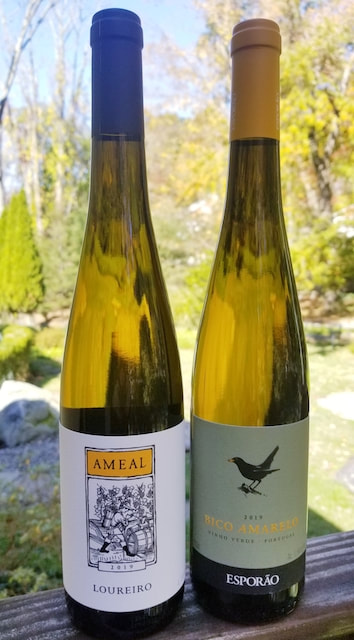
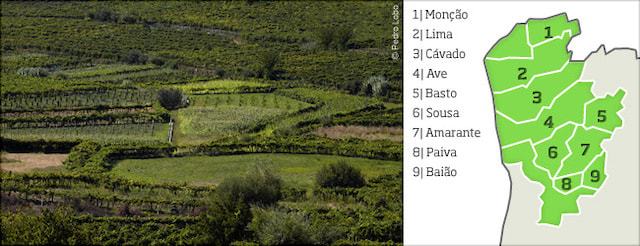
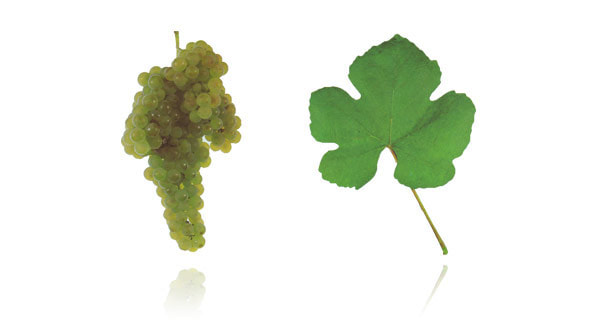
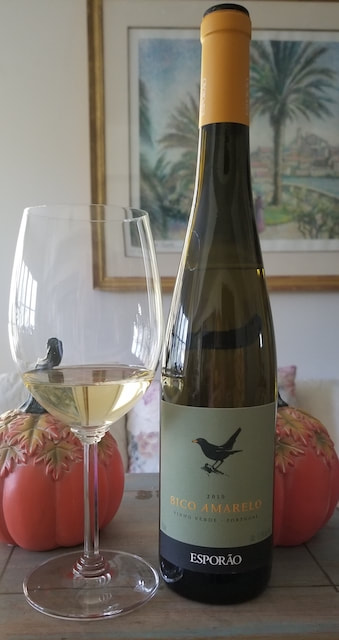
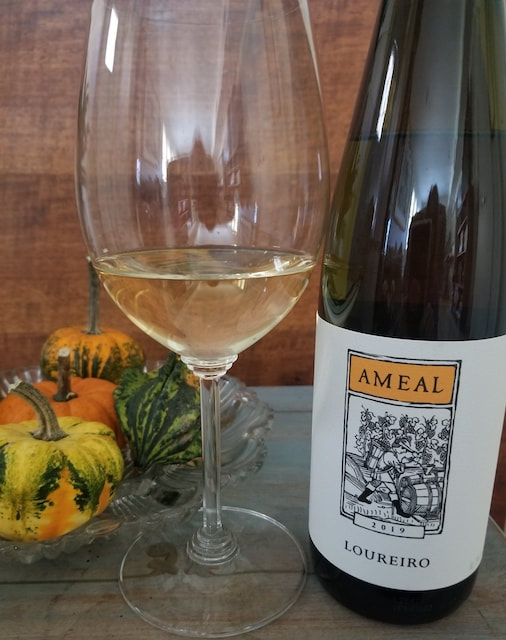
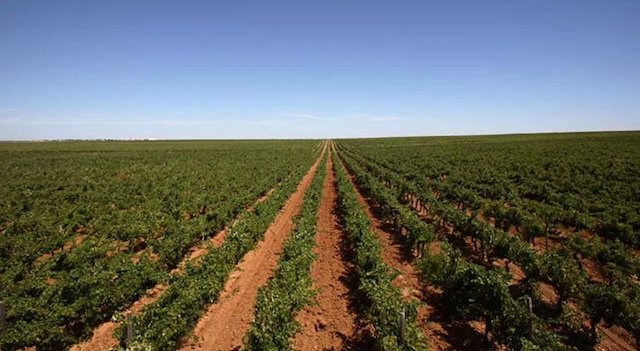
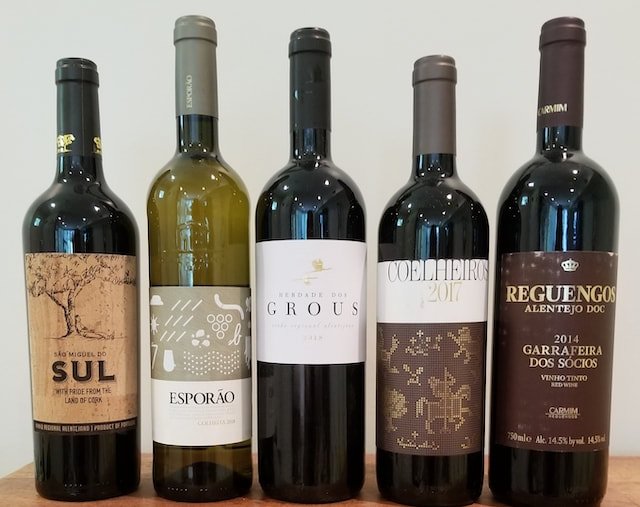
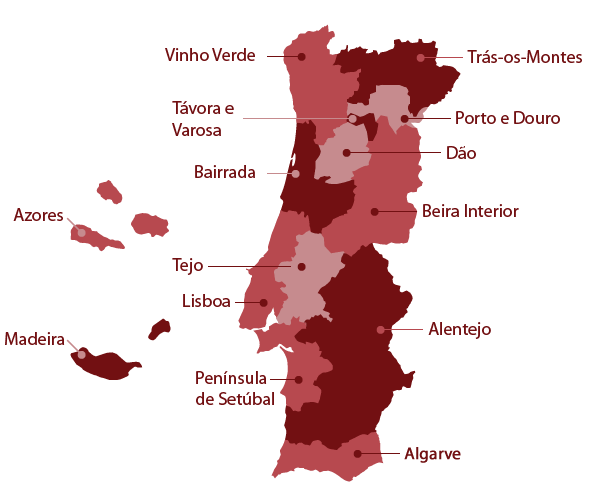
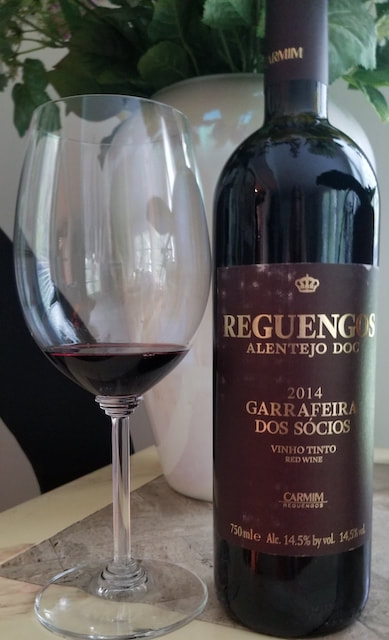
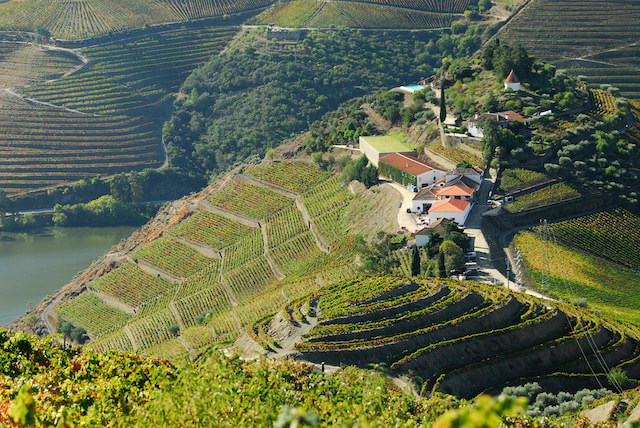
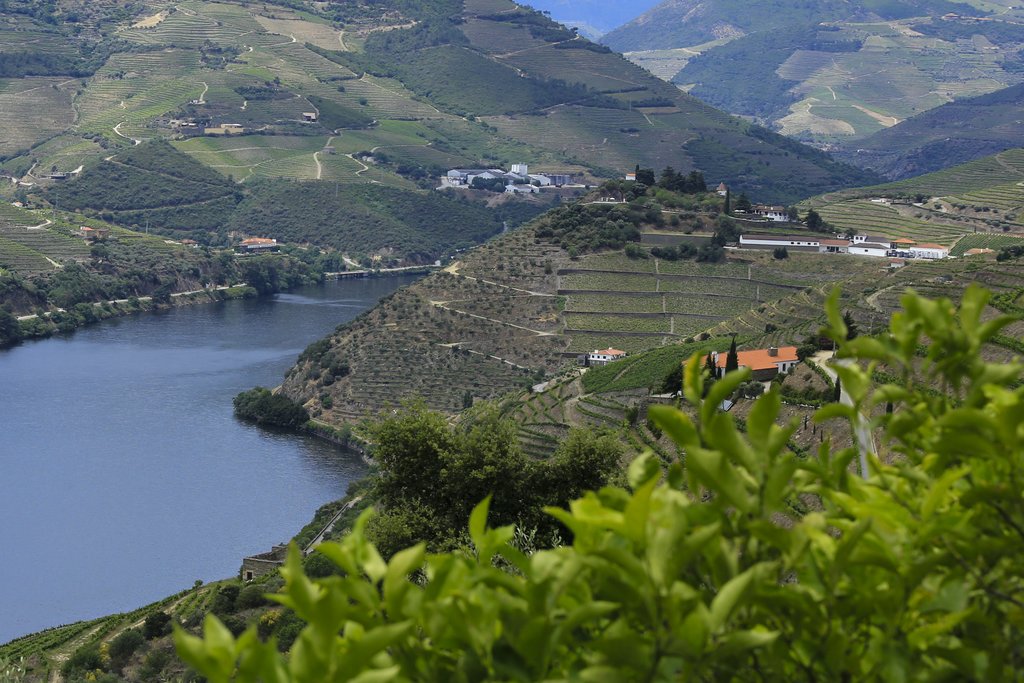
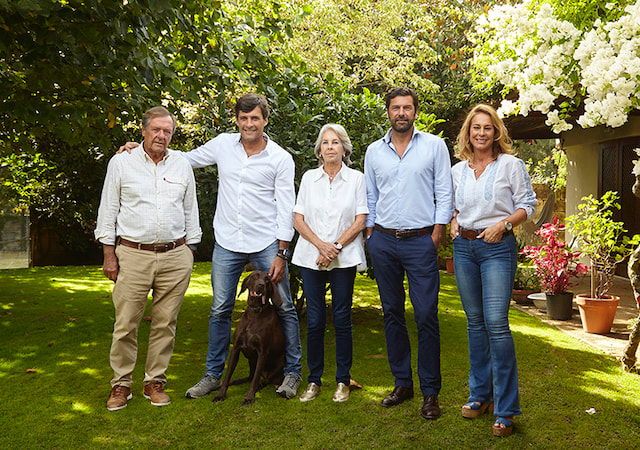
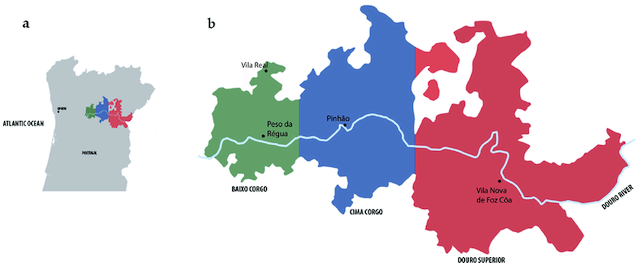
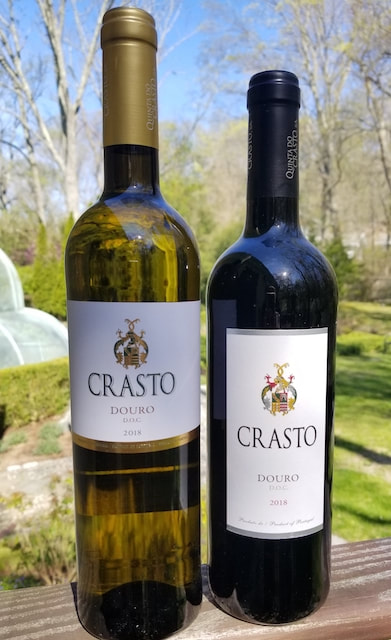
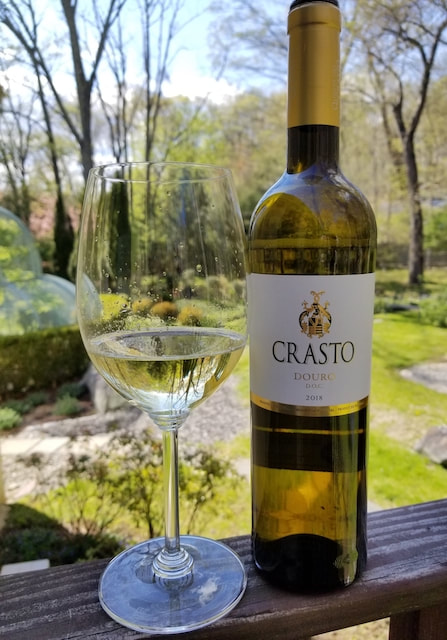
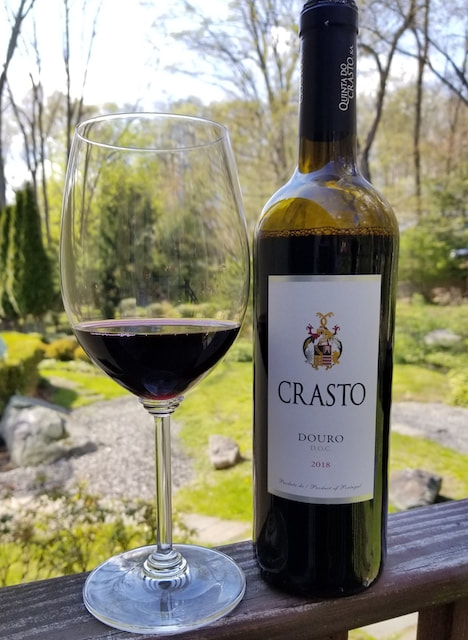
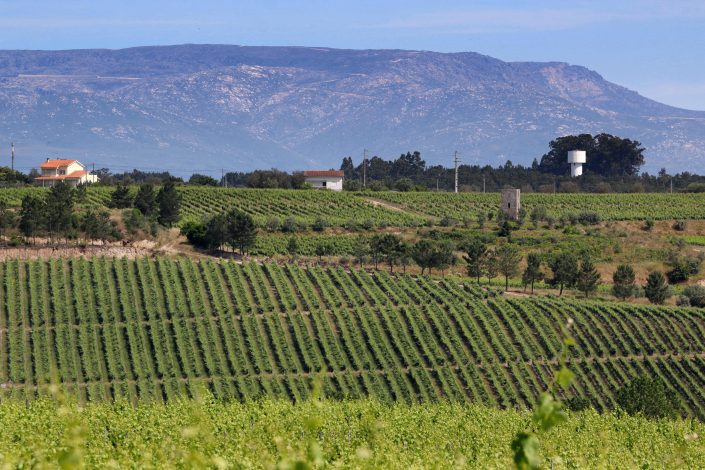

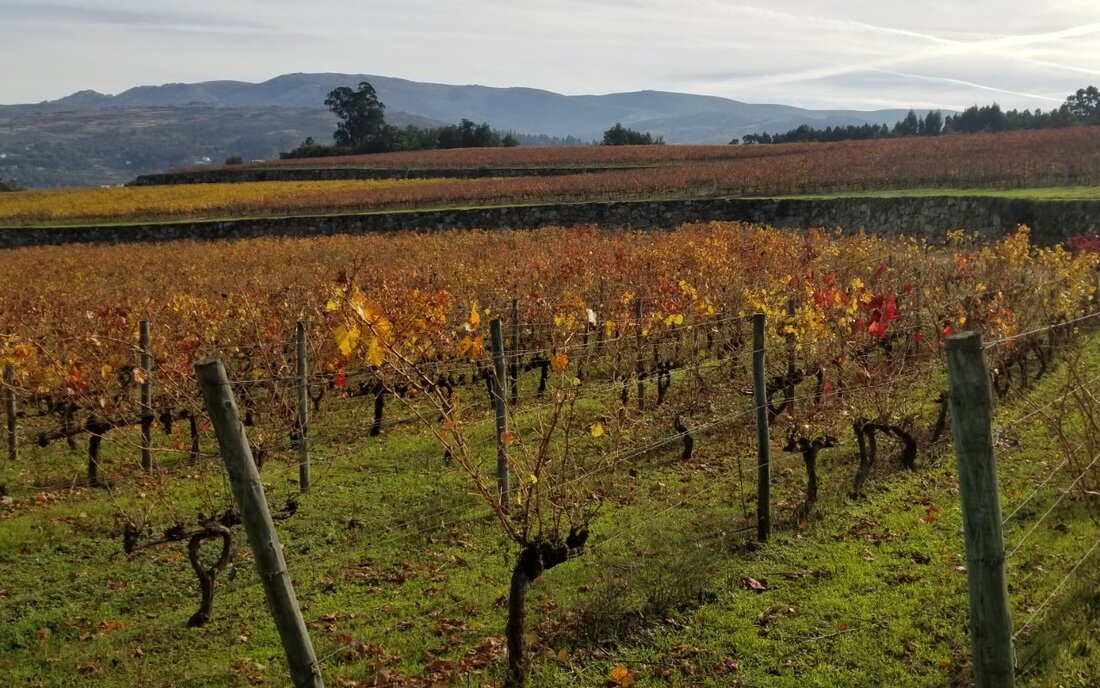
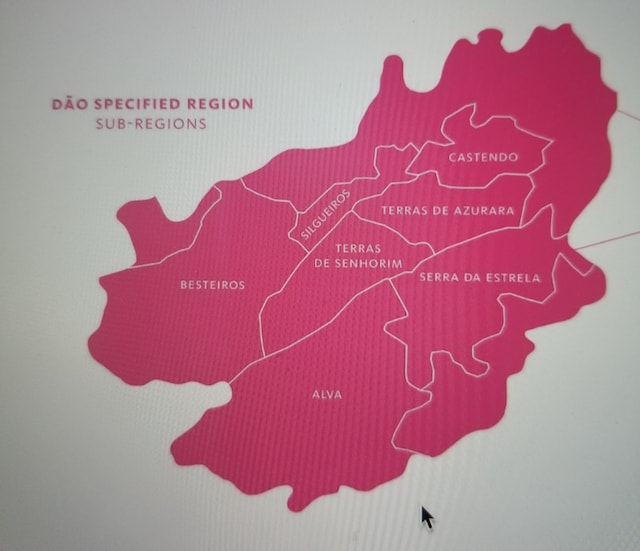
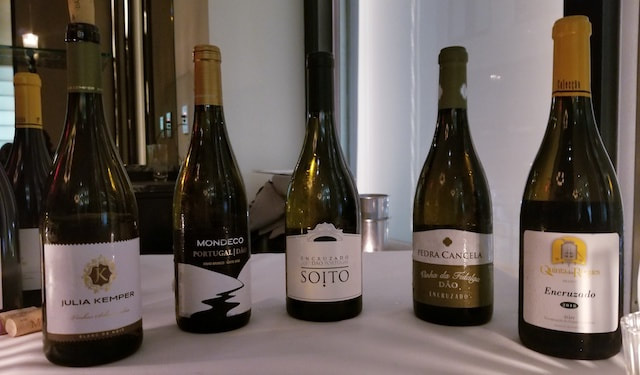
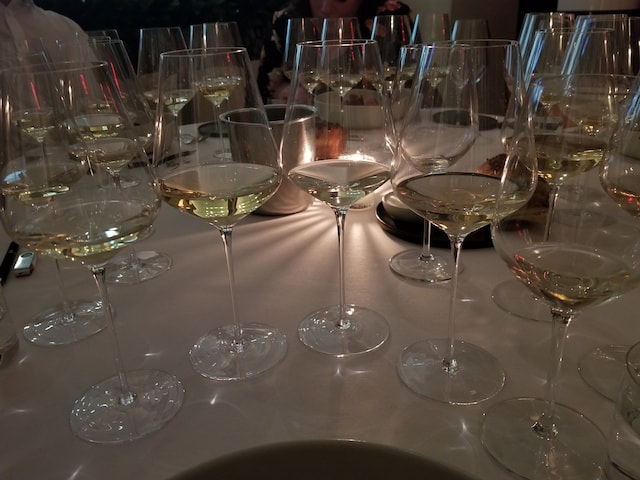
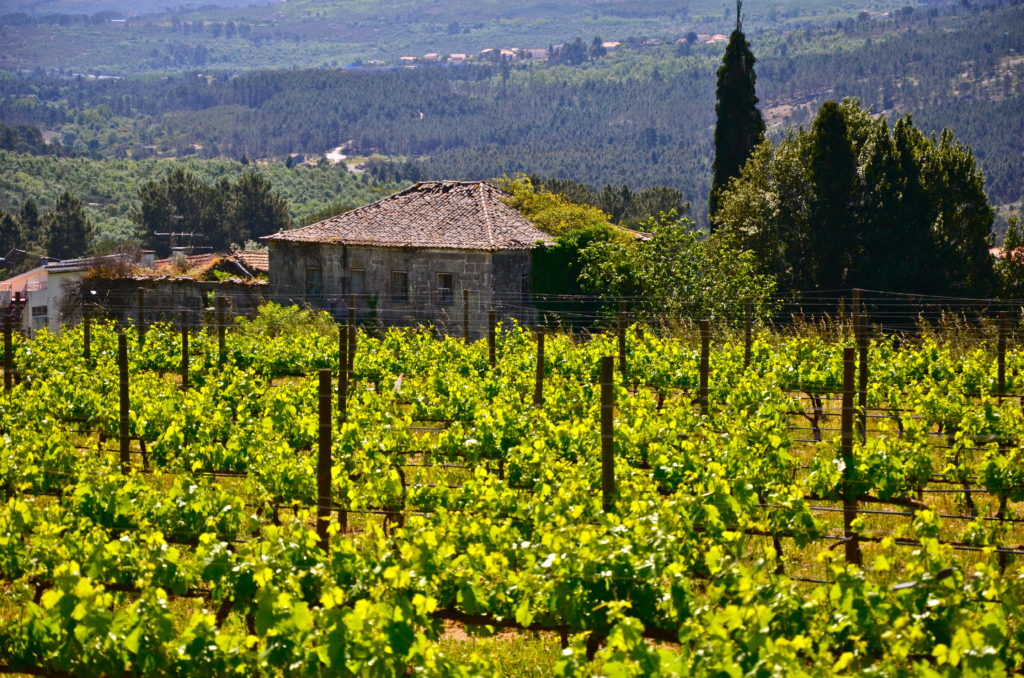
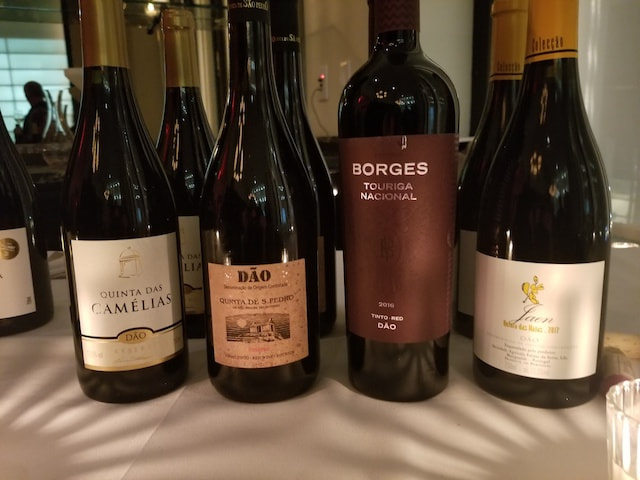
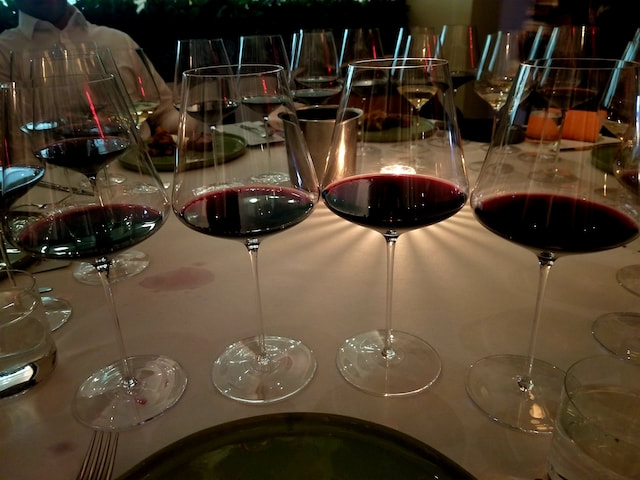
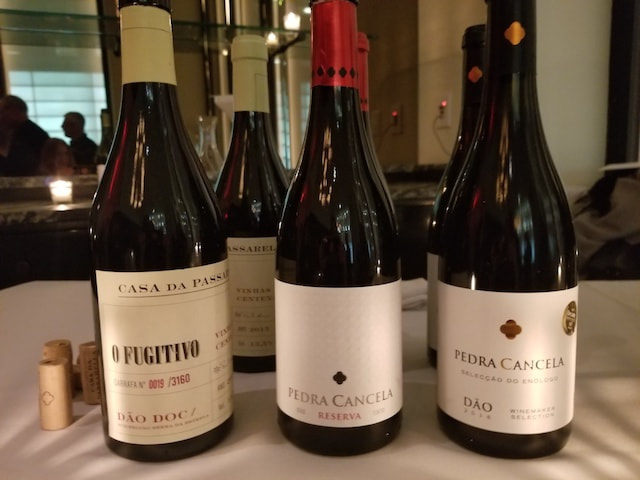
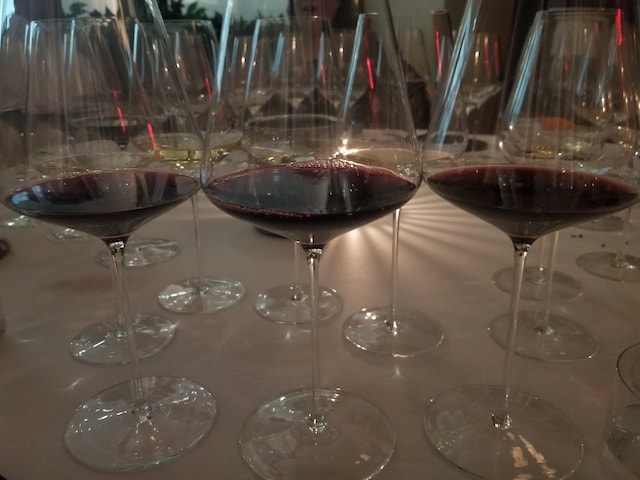
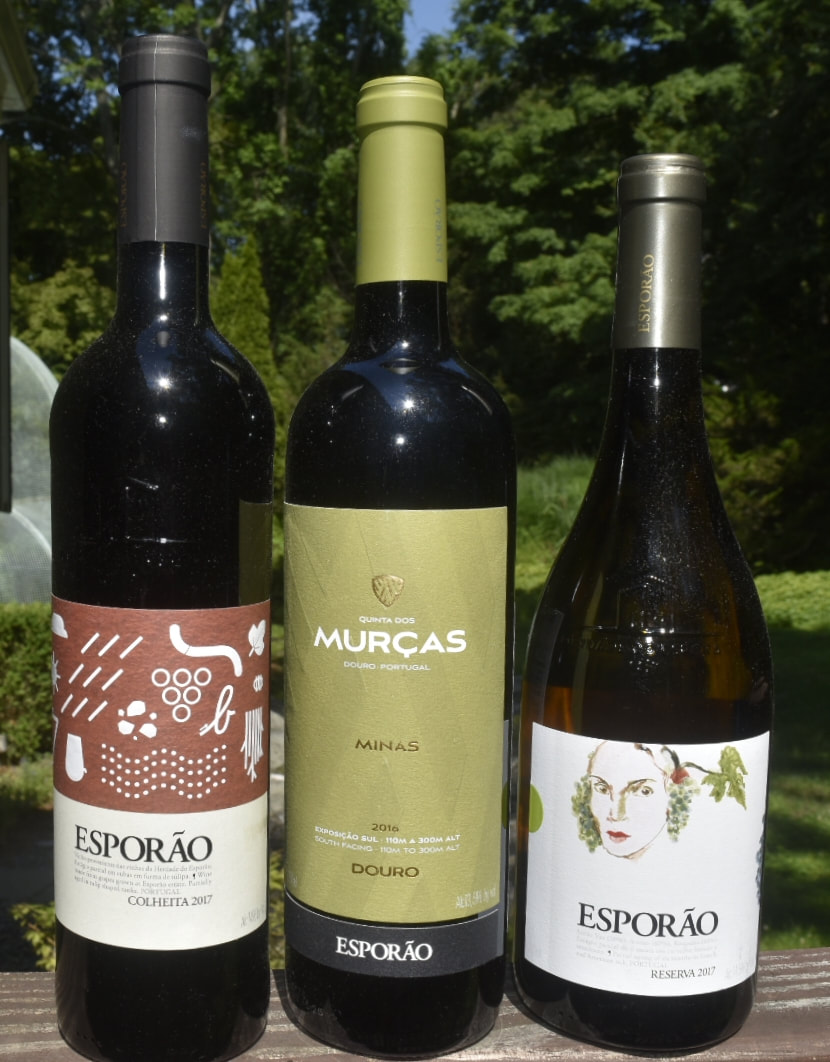
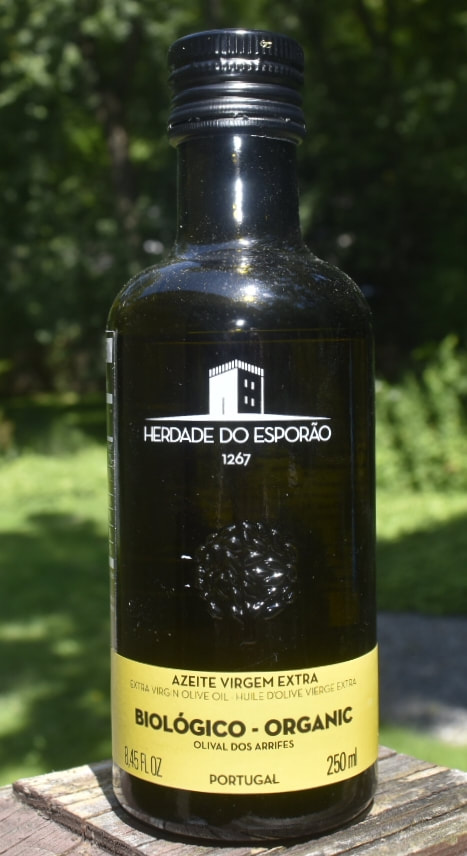
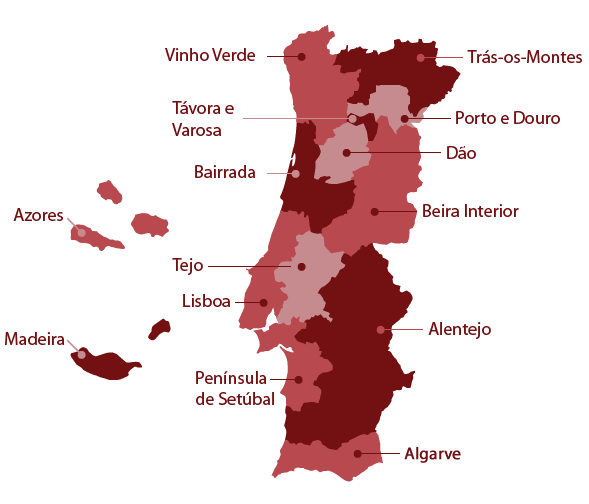
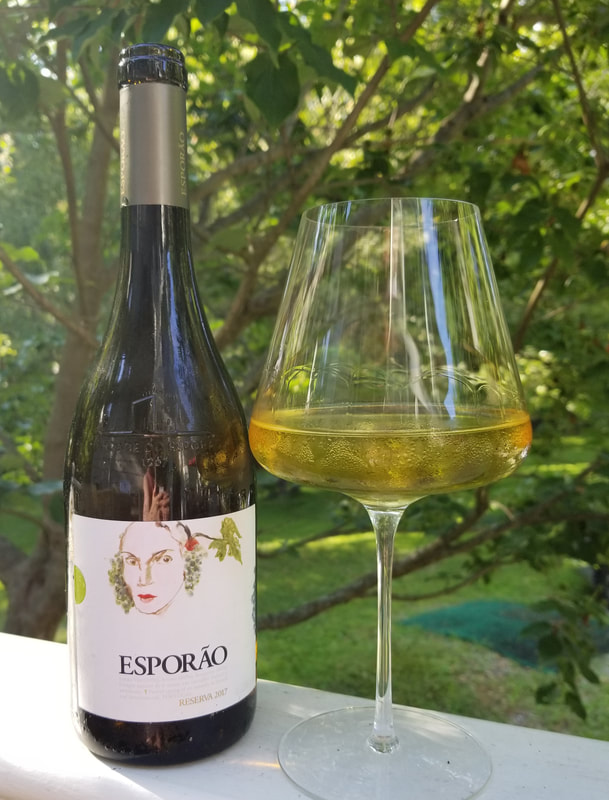
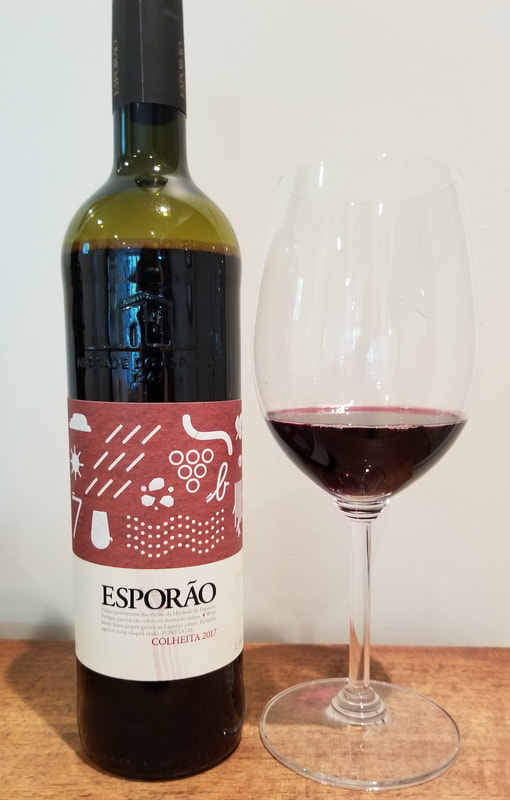
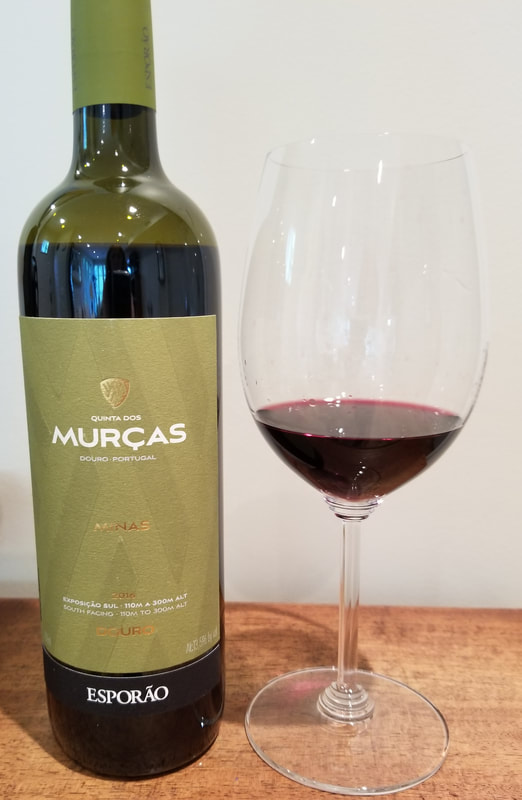
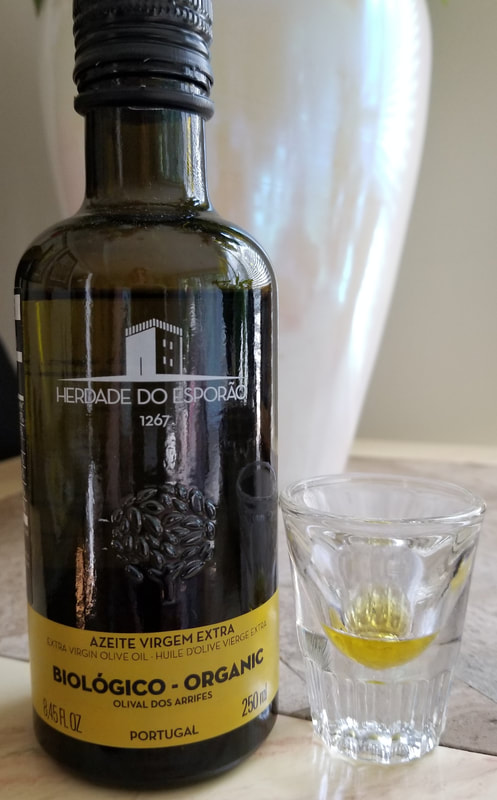
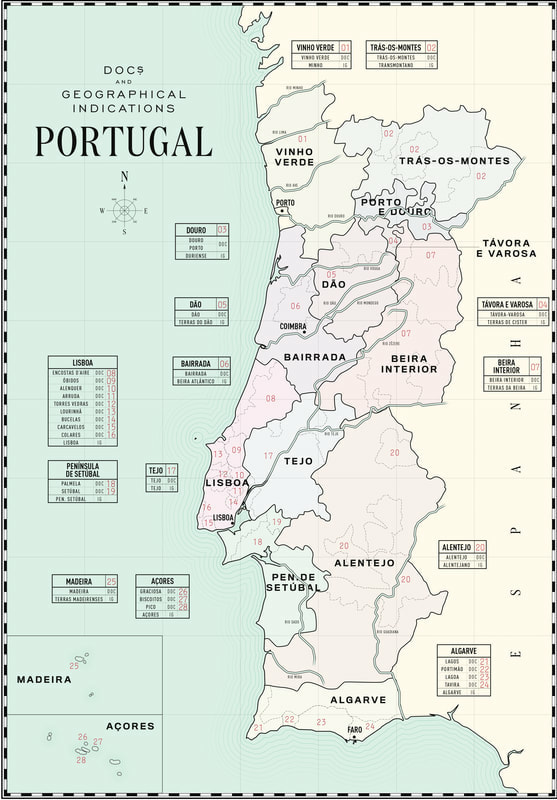
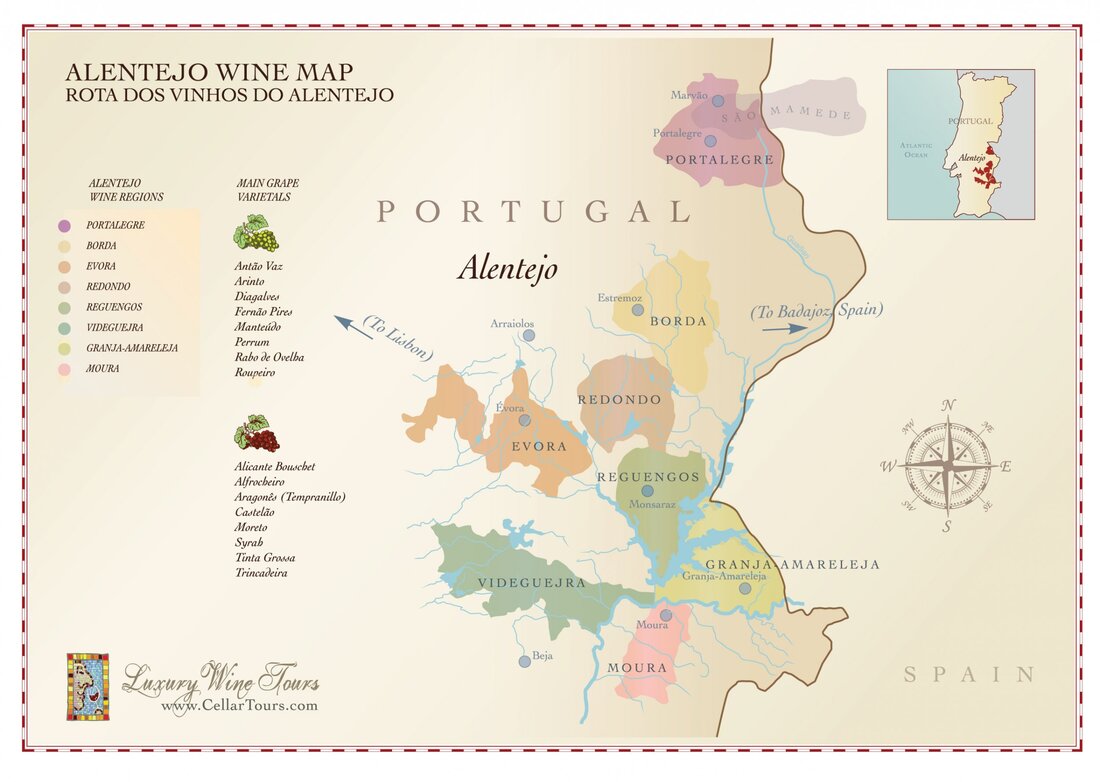
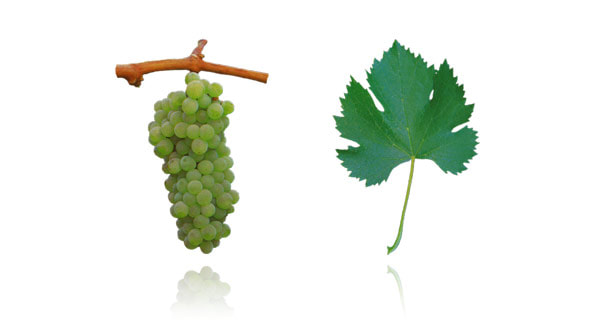
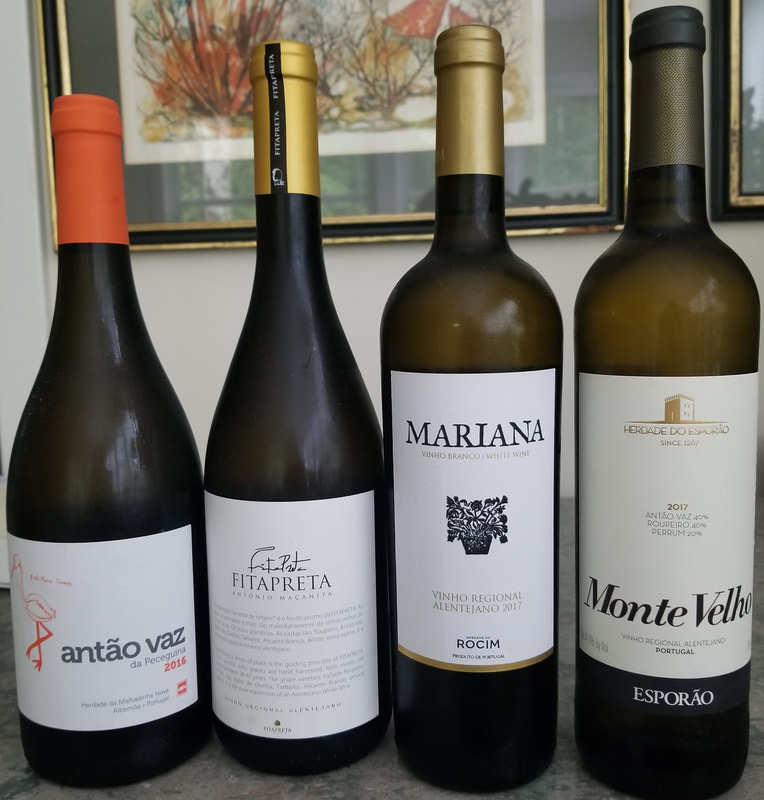
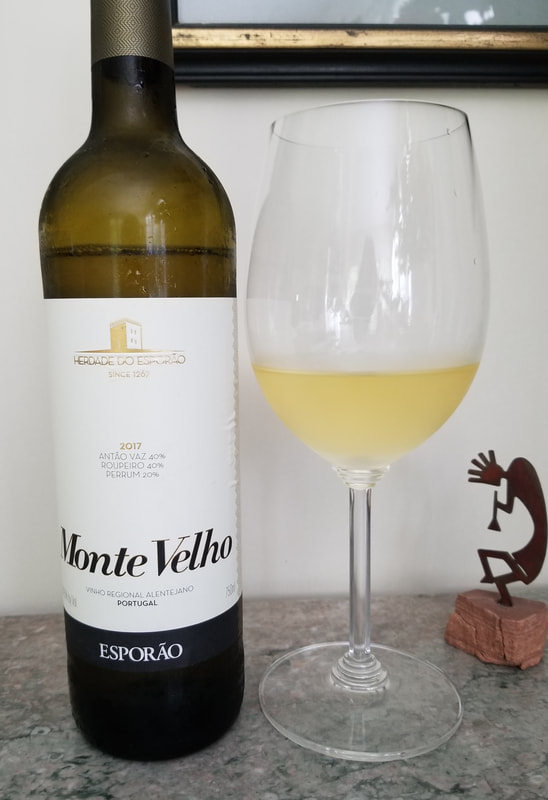
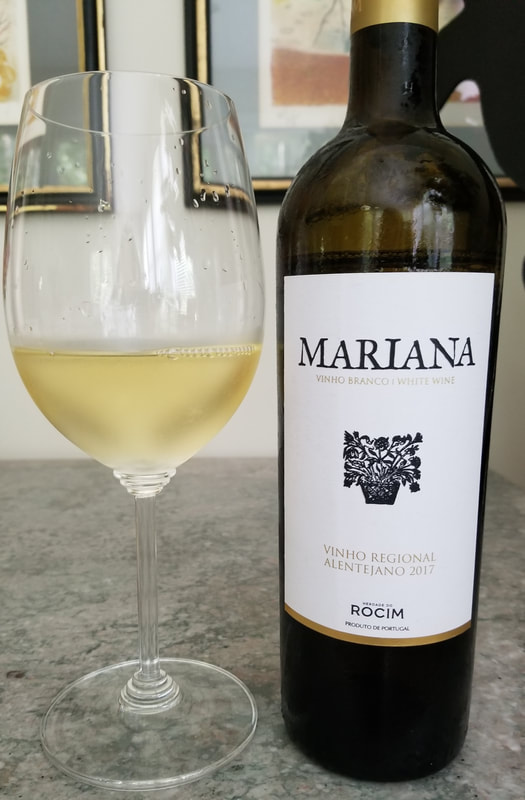
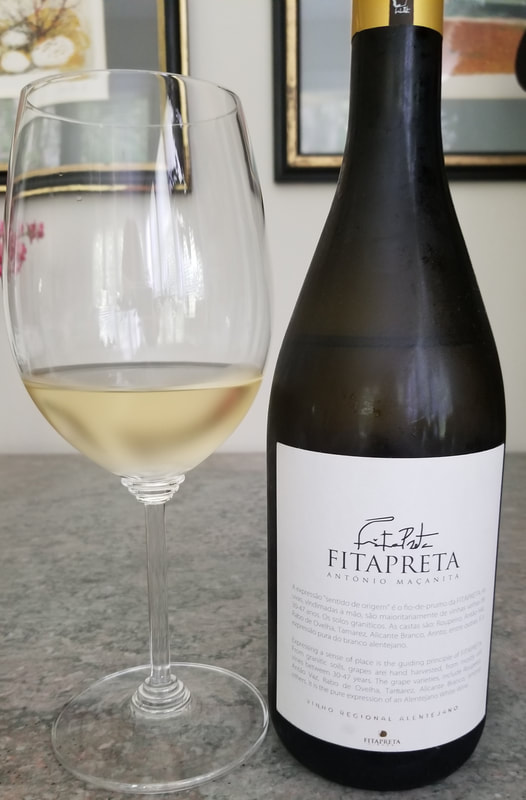
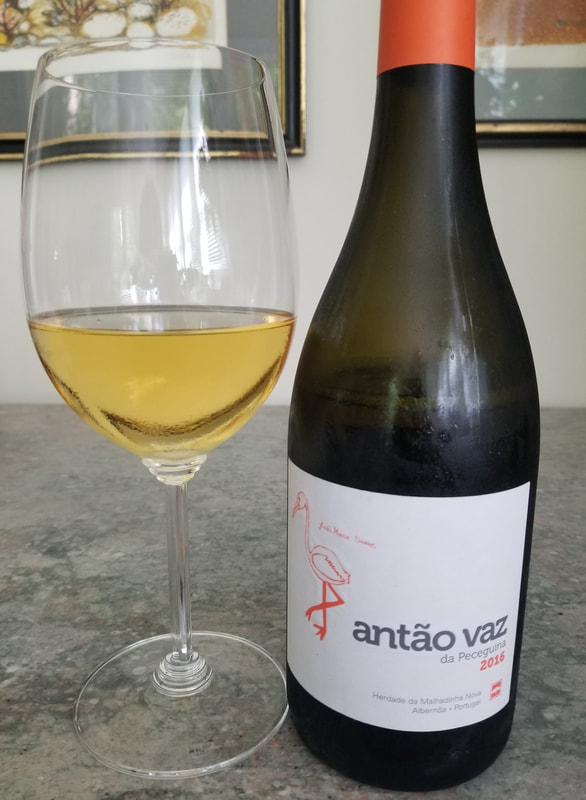
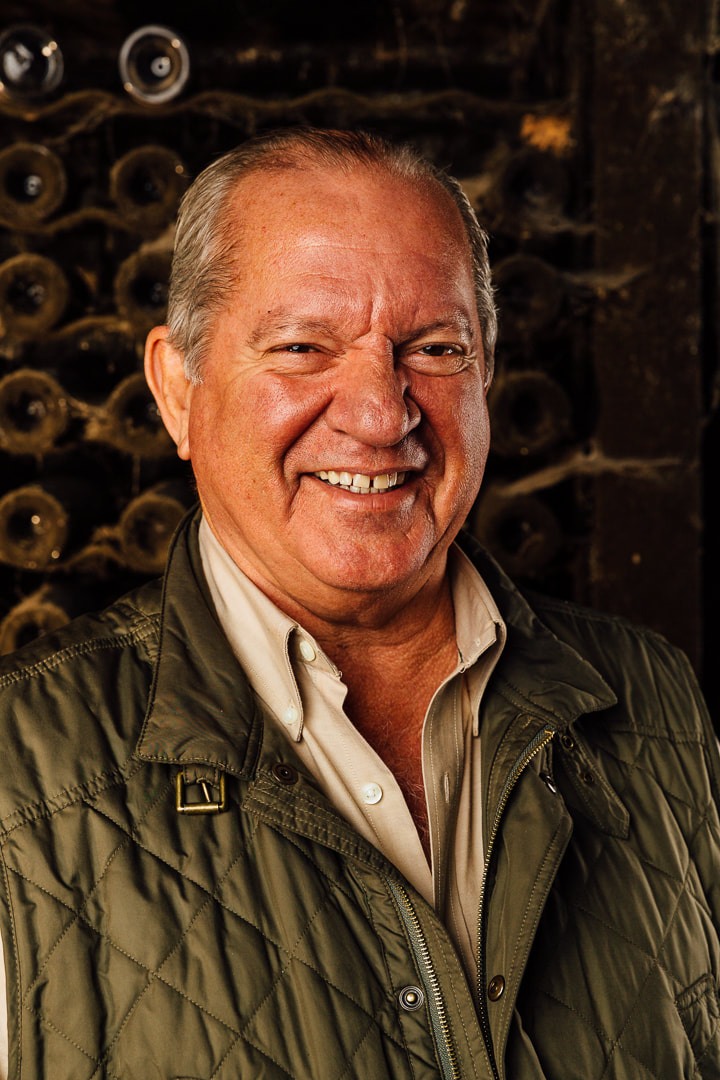
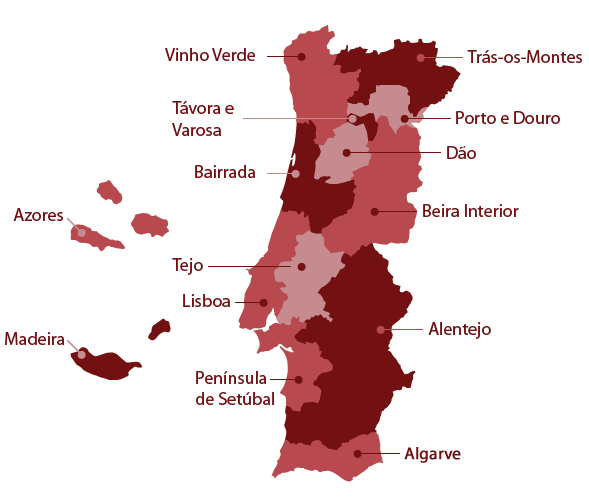

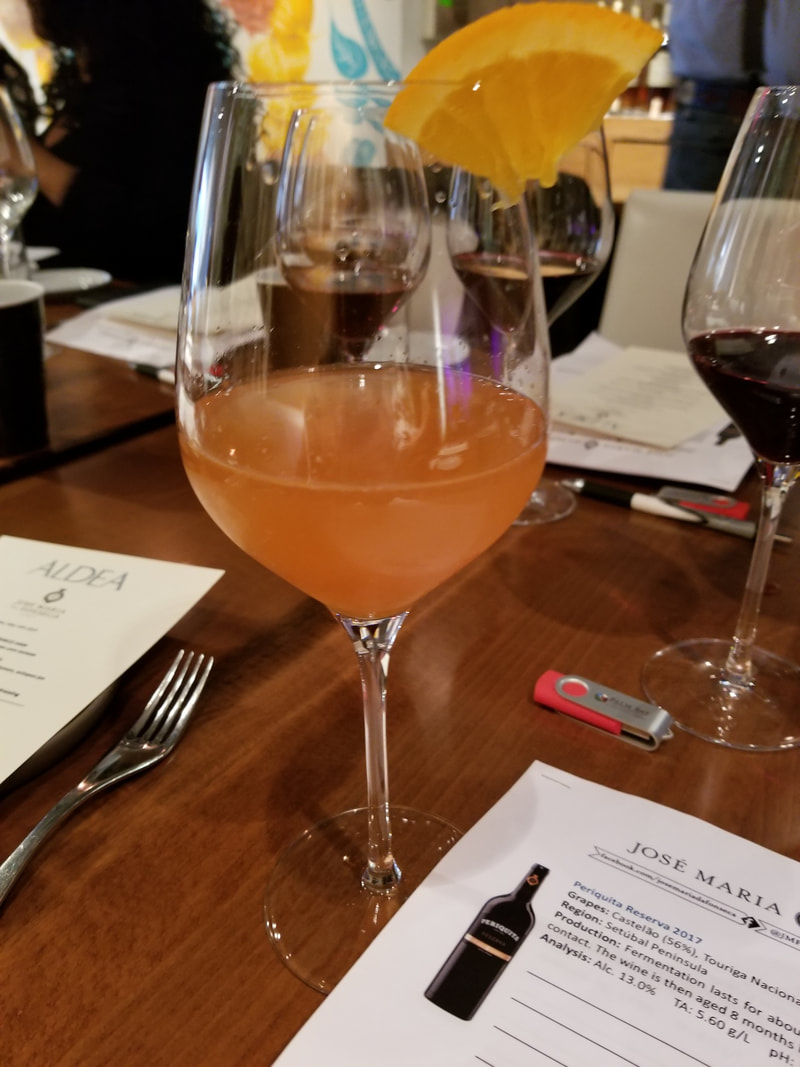
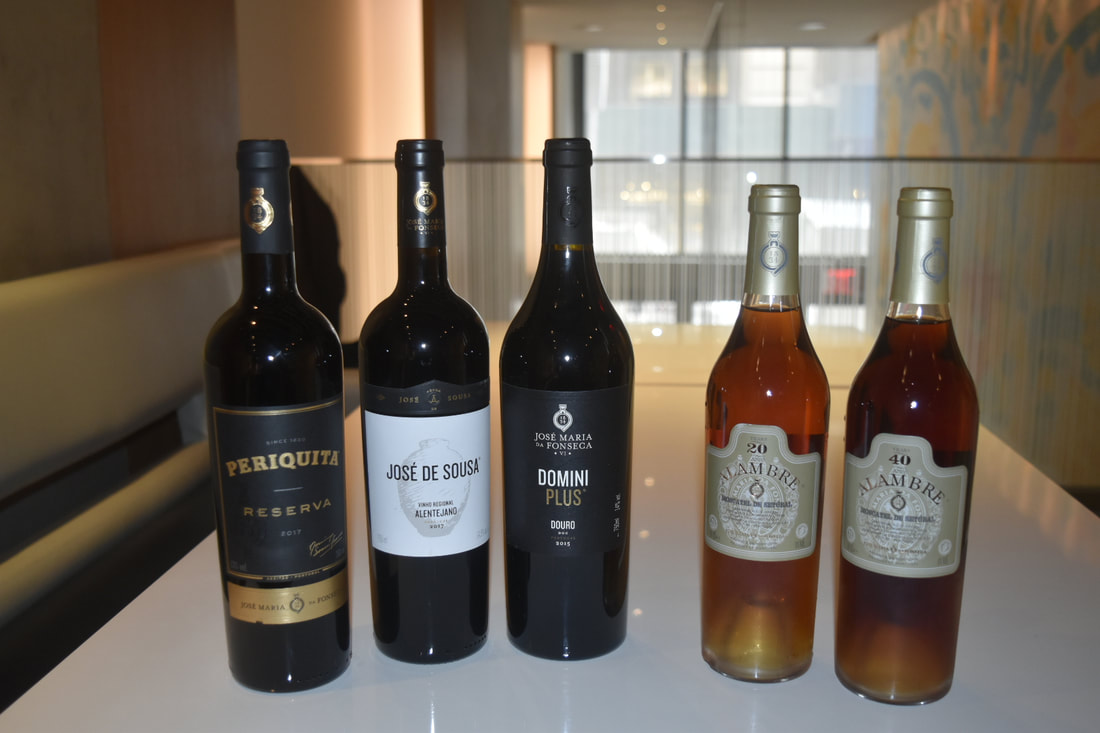
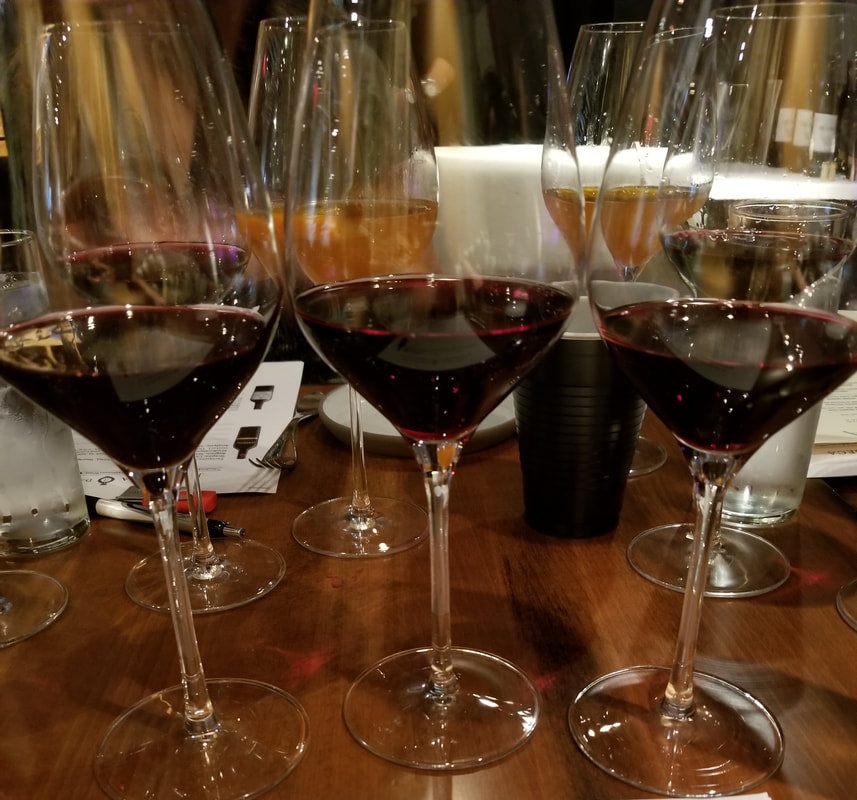
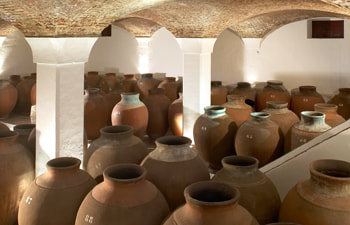

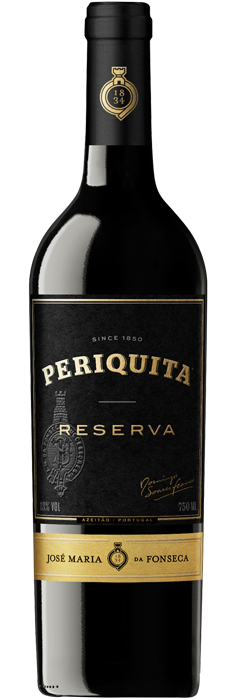

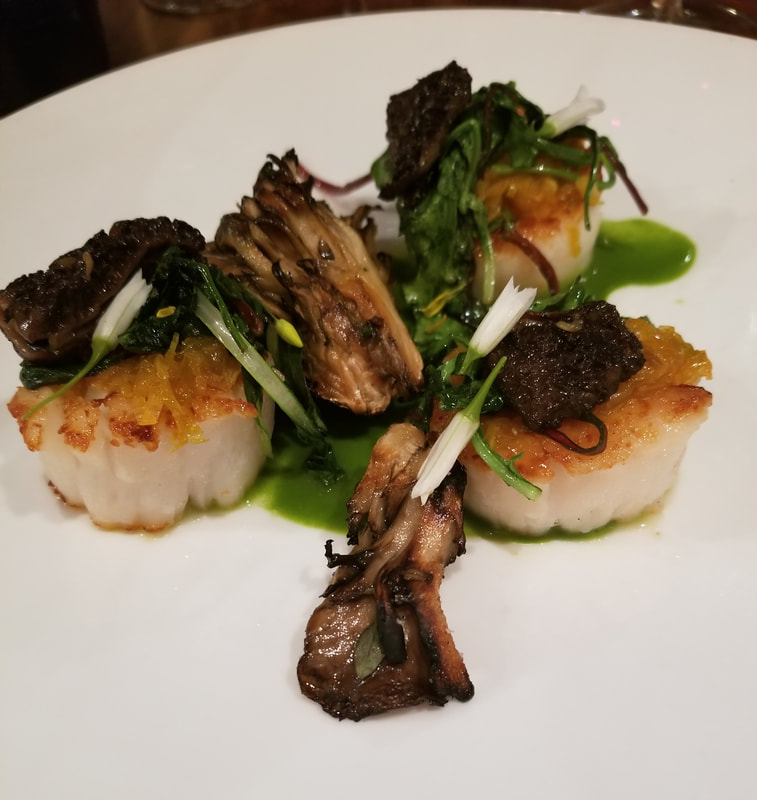
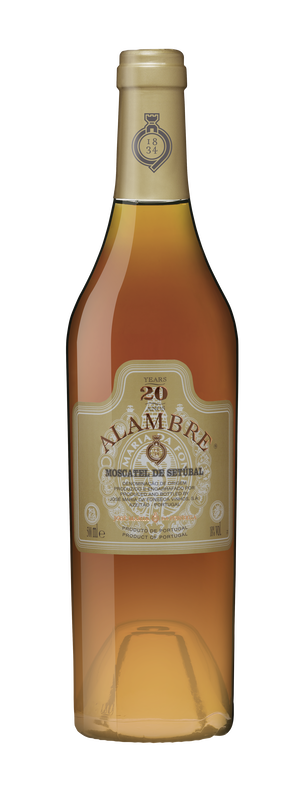
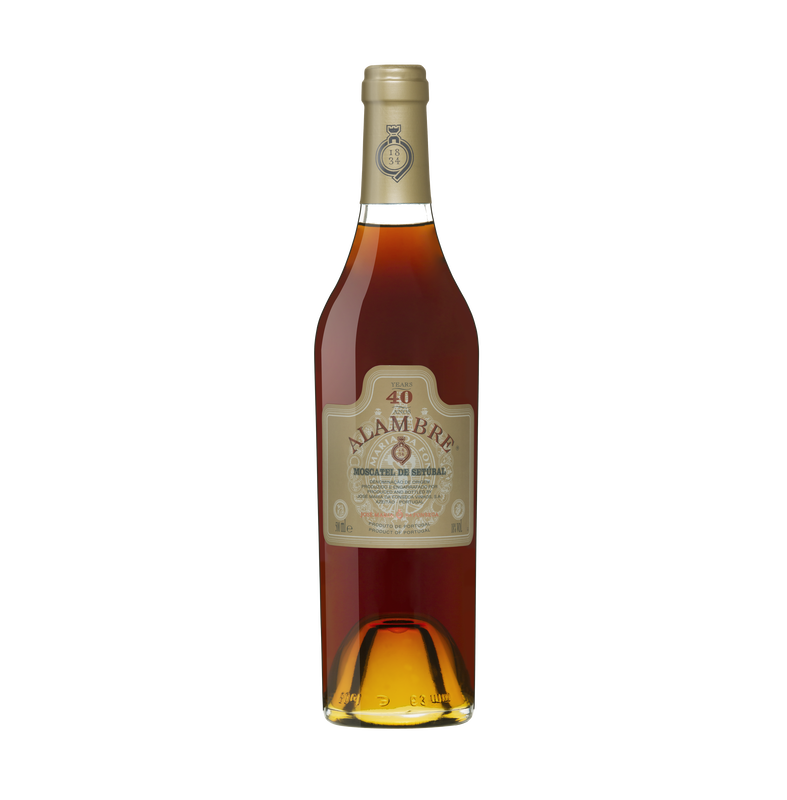
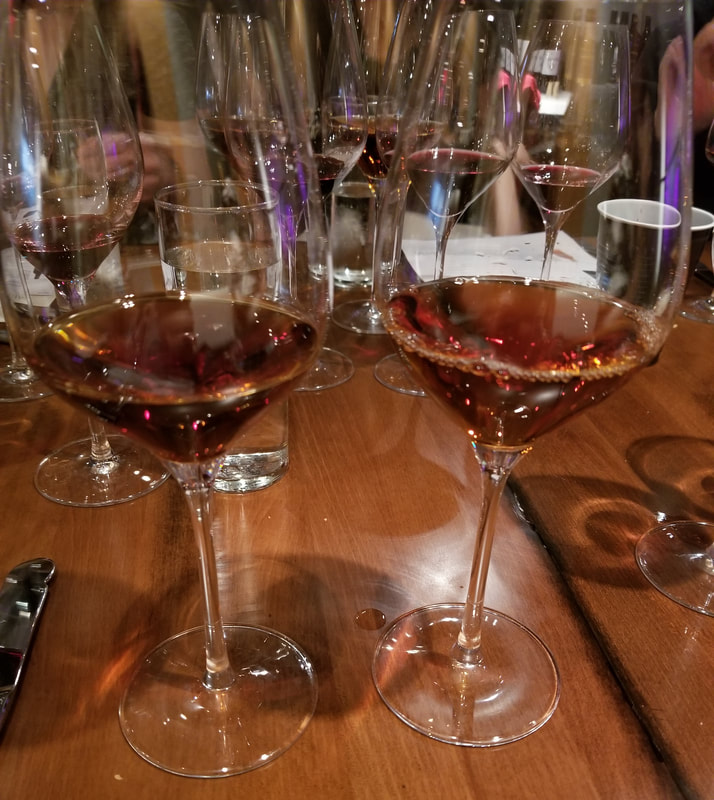
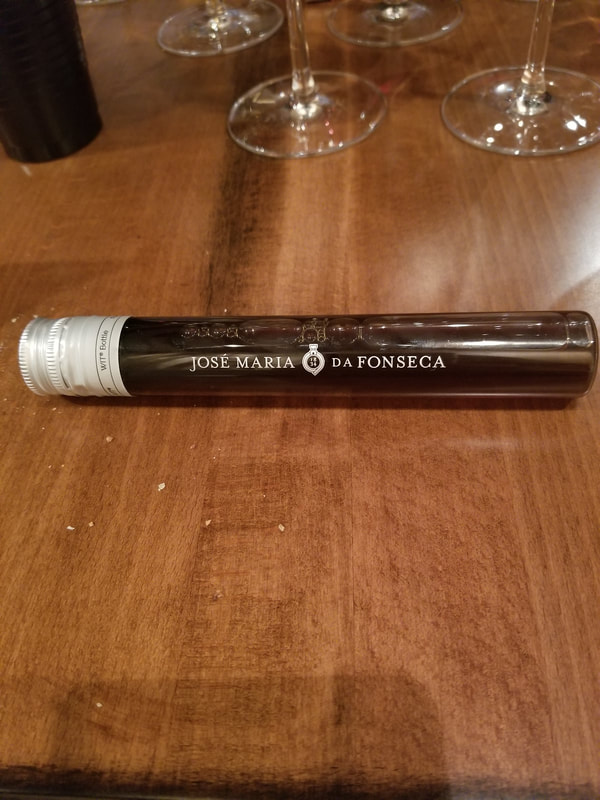
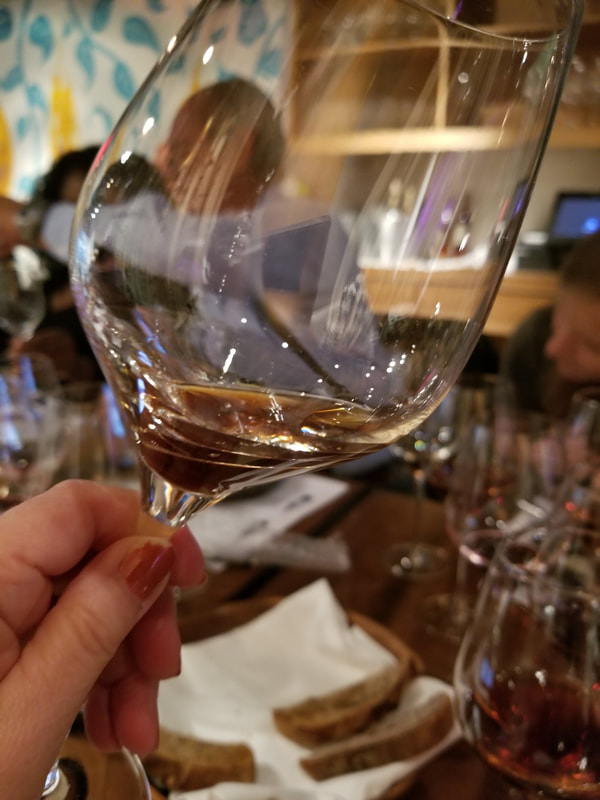
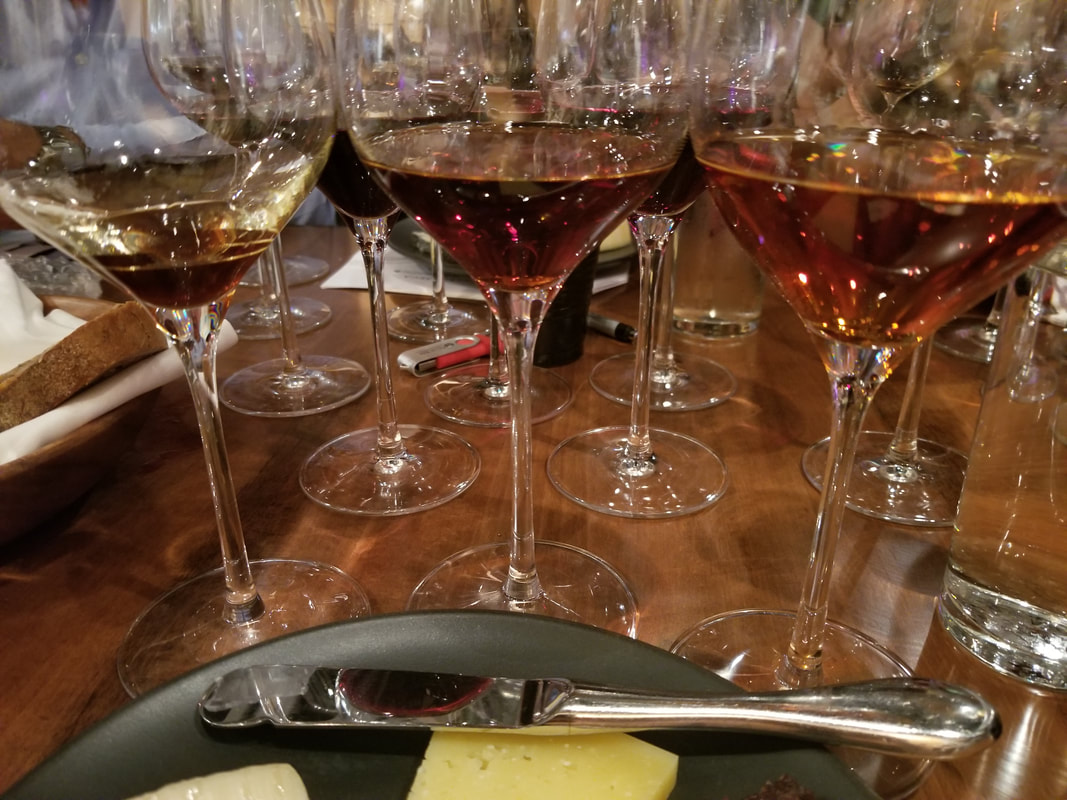
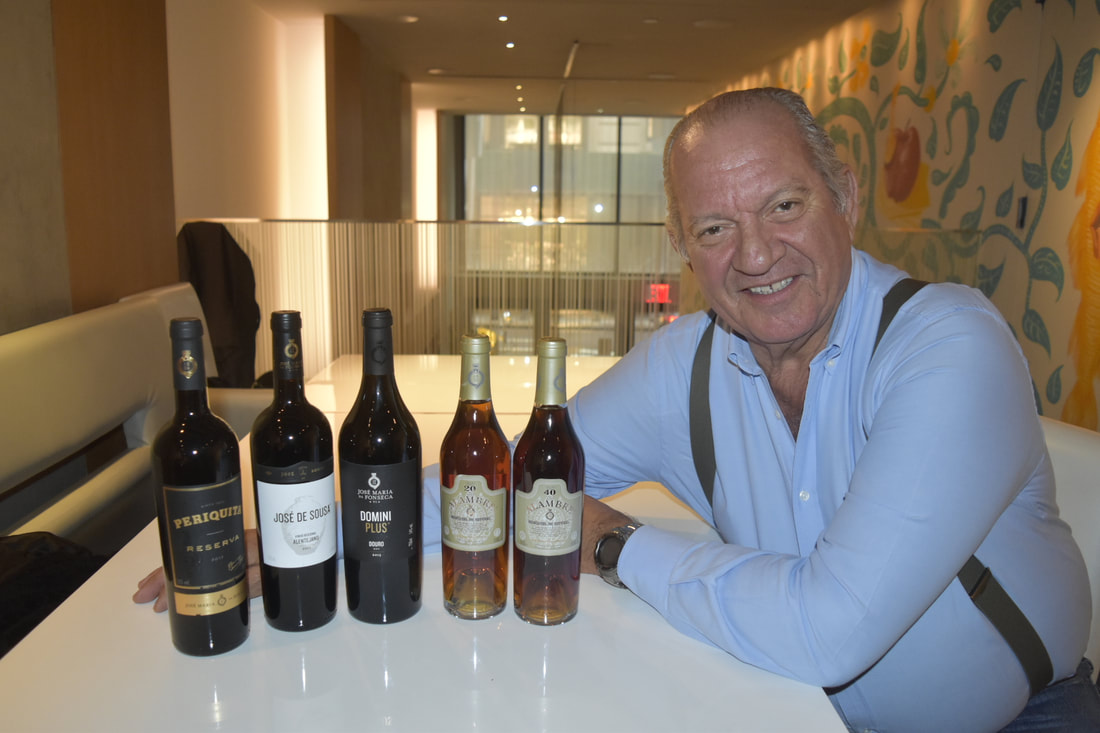
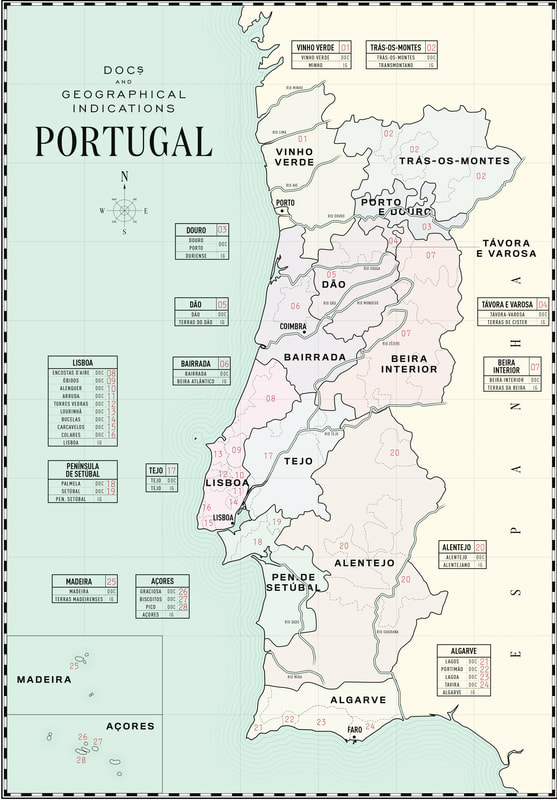
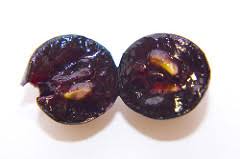
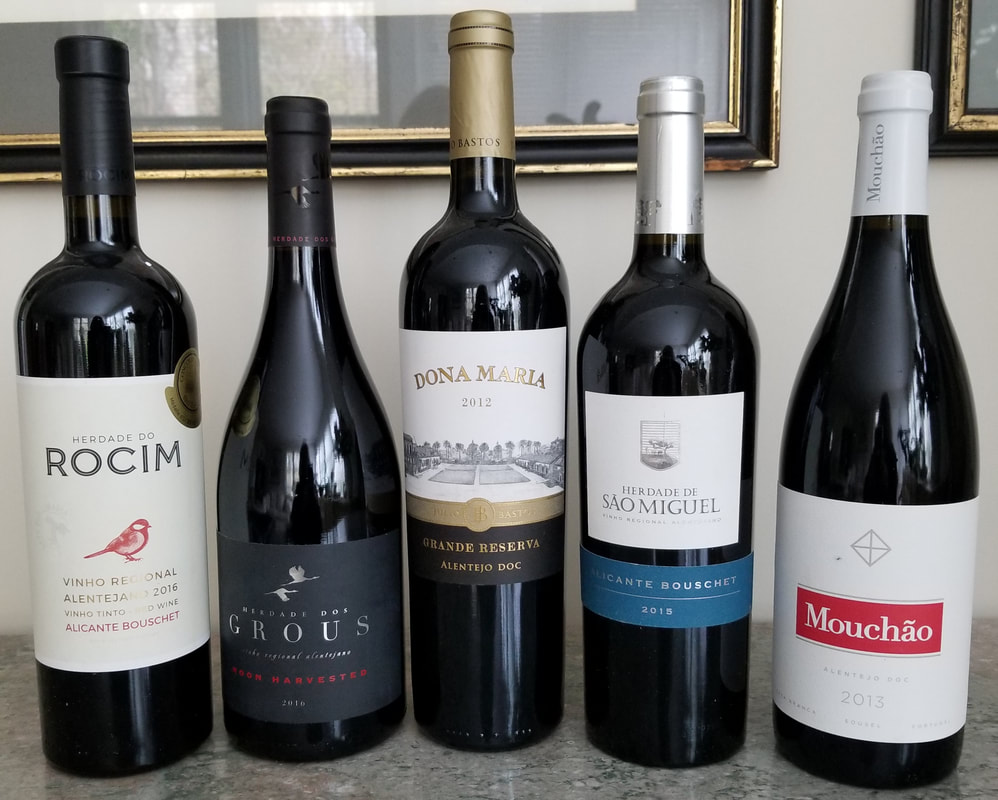
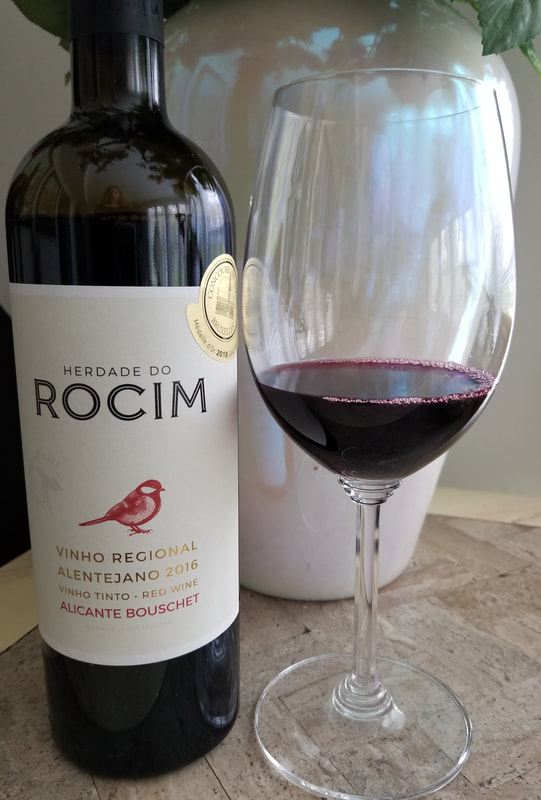
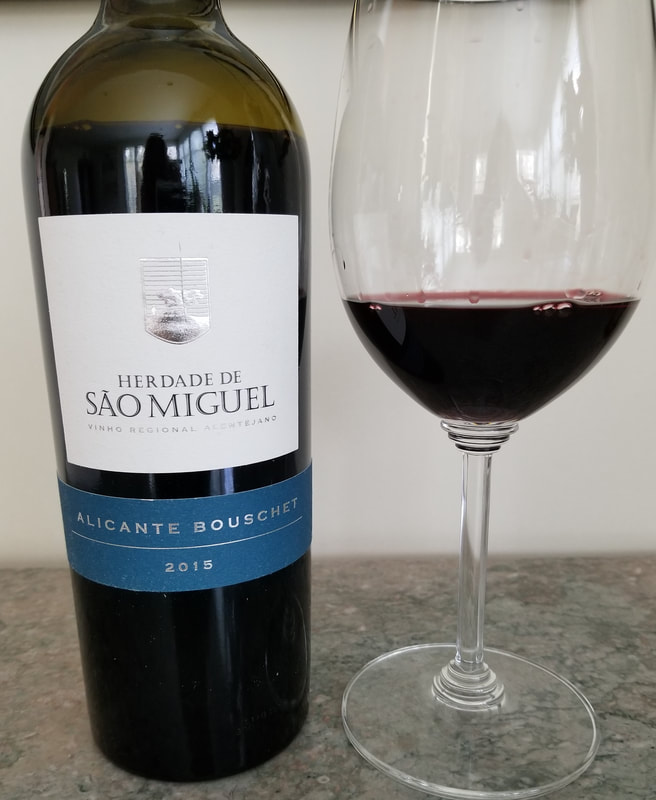
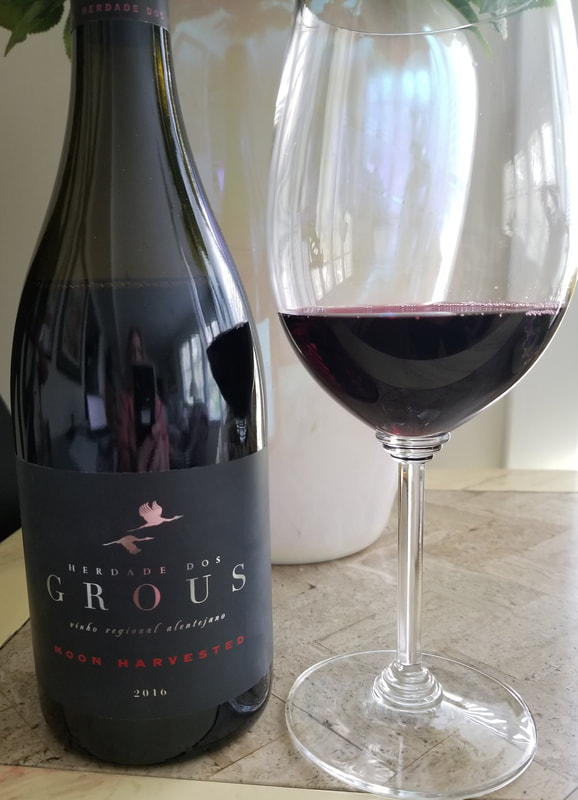
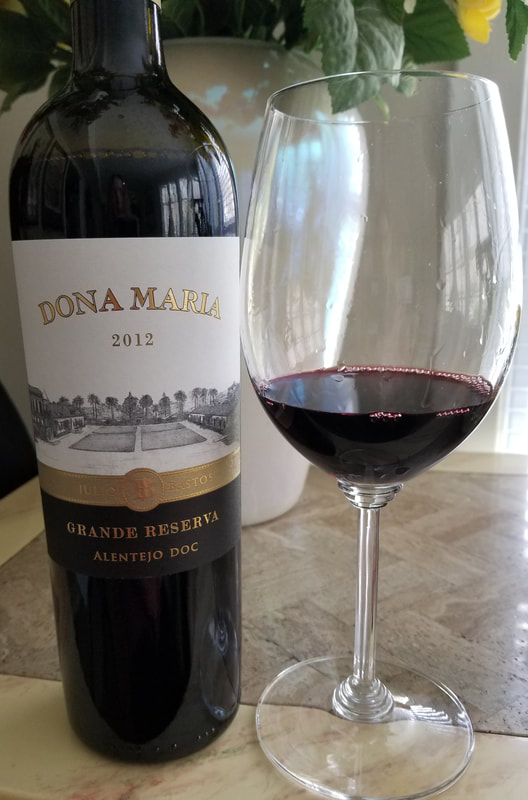
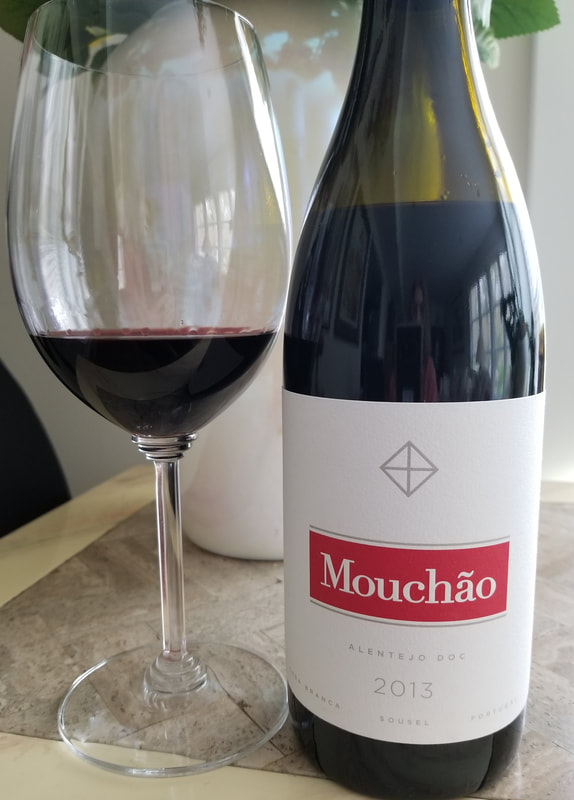

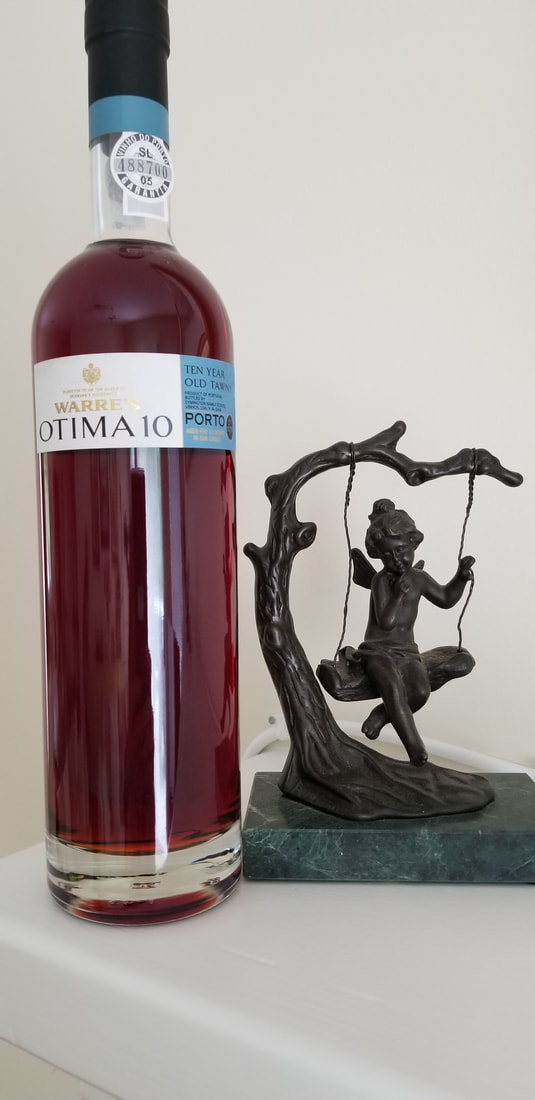
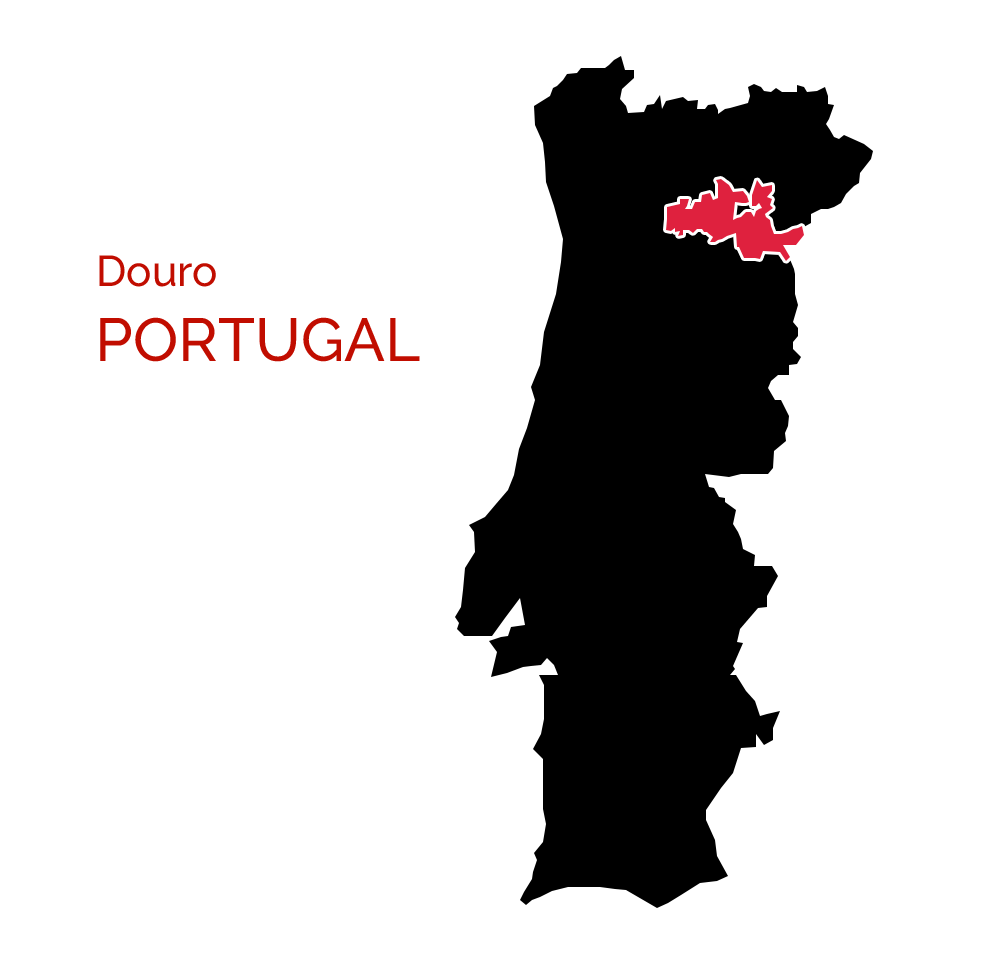
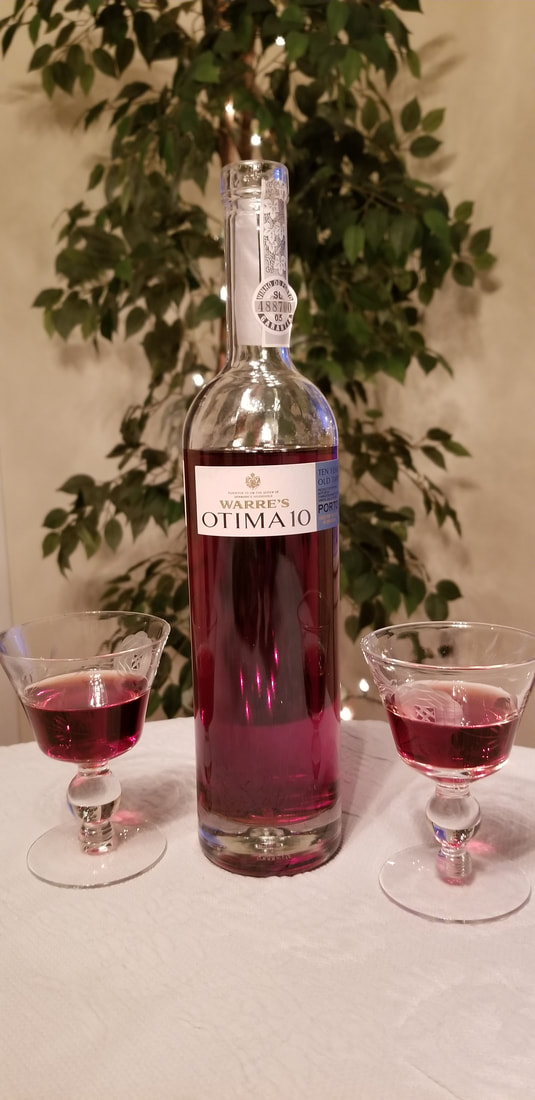
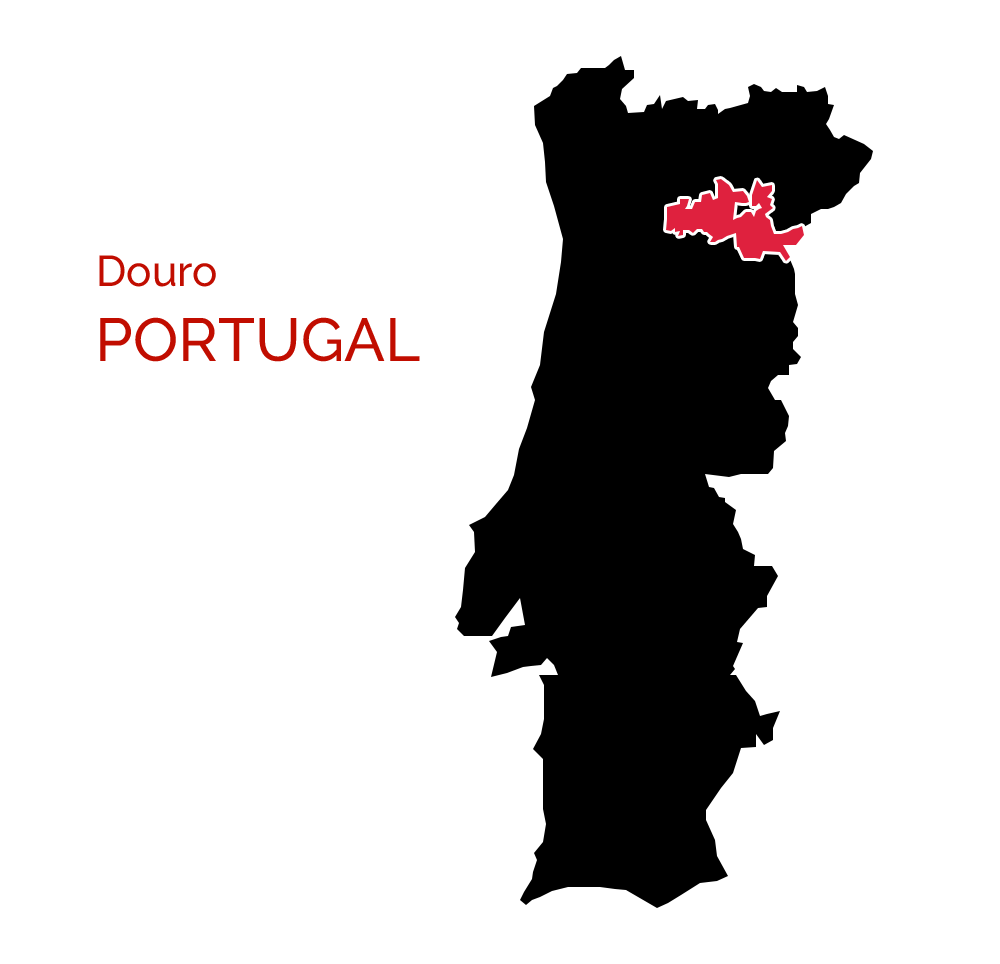

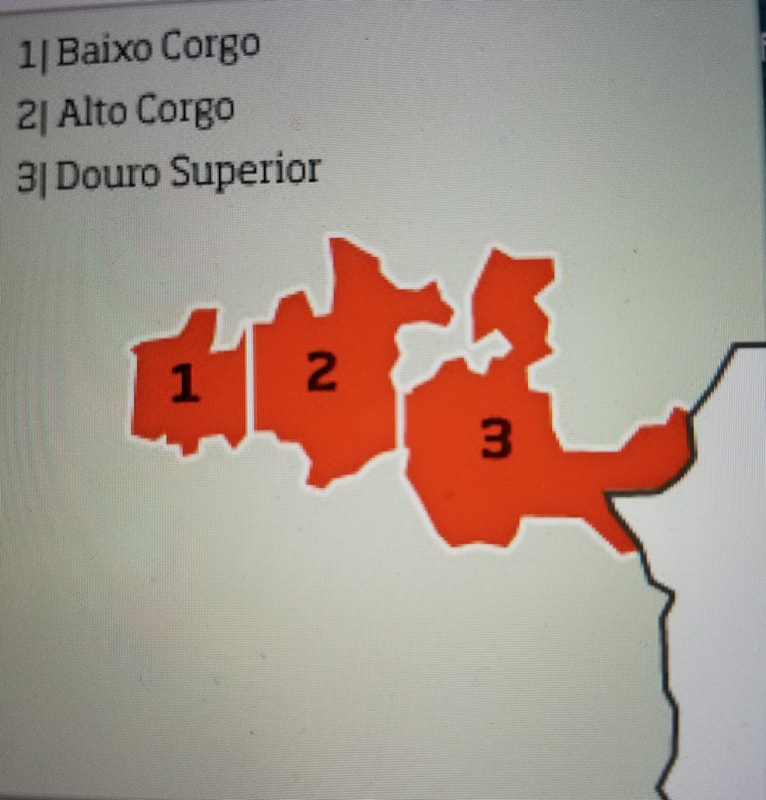
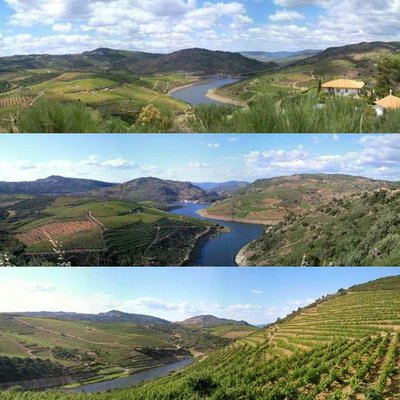
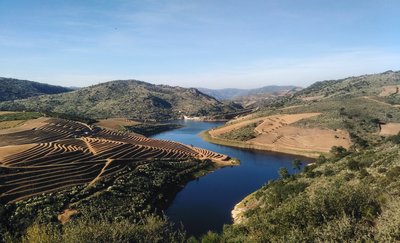
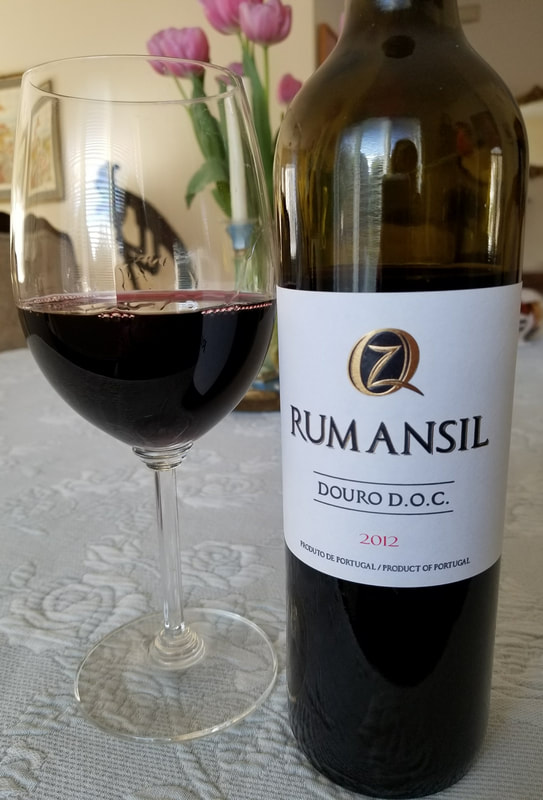
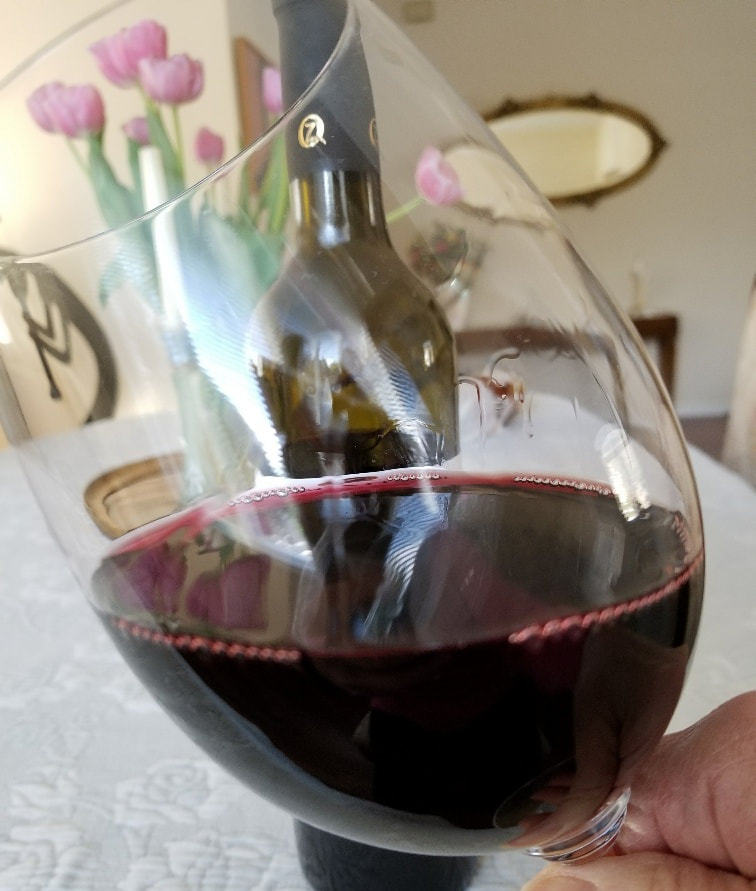
 RSS Feed
RSS Feed